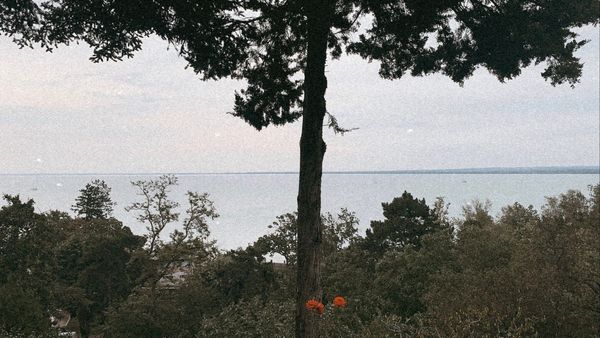What is the city? It would be hard to define with a single word, or even with a single sentence. “Buzz”, “noise”, “crowd”, “community” – many expressions cross our minds, especially if it is a metropolis that we are thinking about. It’s a play between all kinds of things and all kinds of people, resulting in sometimes tragedies and other times comedies (or sometimes both). But we can all agree on one thing: the city is never boring.
Looking at the dictionary, we see the following definition: “A settlement generally larger and more closed than a village, mainly consisting of large (multi-story) buildings, with public utilities, public transportation, public buildings and cultural institutions, while its residents are primarily engaged in industrial work and trade.” At the same time, the concept of the city does not end here, but as researcher and Urbanum founder Géza Kulcsár puts it: “It is us who connect the various faces of the city. We, the people living in cities — we, the people whose lives revolve around the city: we are the city.”
The city, this always buzzing, amazing medium is pulsating organically and changing continuously – and we, the citizens are an active part of it, too. Designers must prove themselves in this exciting field: it is both a profound challenge and responsibility at the same time. To design a piece of street furniture, the visual identity of a public transportation system, a shop window – in these cases, designers do not only have to meet the requirements and expectations of a single person, as the fruit of their work will be seen and used by tens of thousands of people: they will be the ones passing judgment. Will they love it? Hate it? Will they like it? Will they enjoy using it? Will it make their lives miserable? These are questions pounding in every designer’s head. This time, we collected excellent urban projects from Warsaw to Moscow.
Kitti Mayer
design theorist
STREET FURNITURE
Waiting Space | Wrocław, Poland
Michal Majewski
Magdalena Szwajcowska
The Waiting Space is one of a series of projects named City Patch – land-use concepts for empty, neglected places for which the city or the owner has no idea or money.
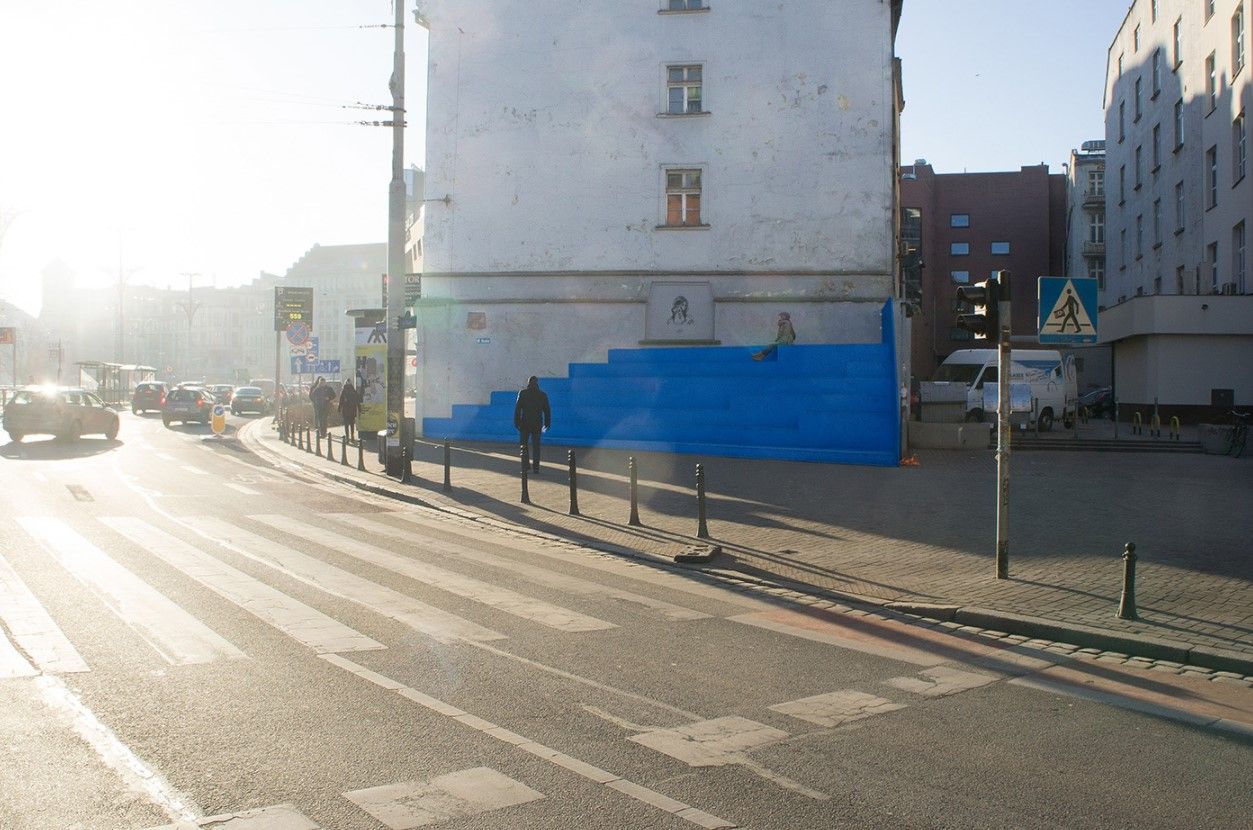



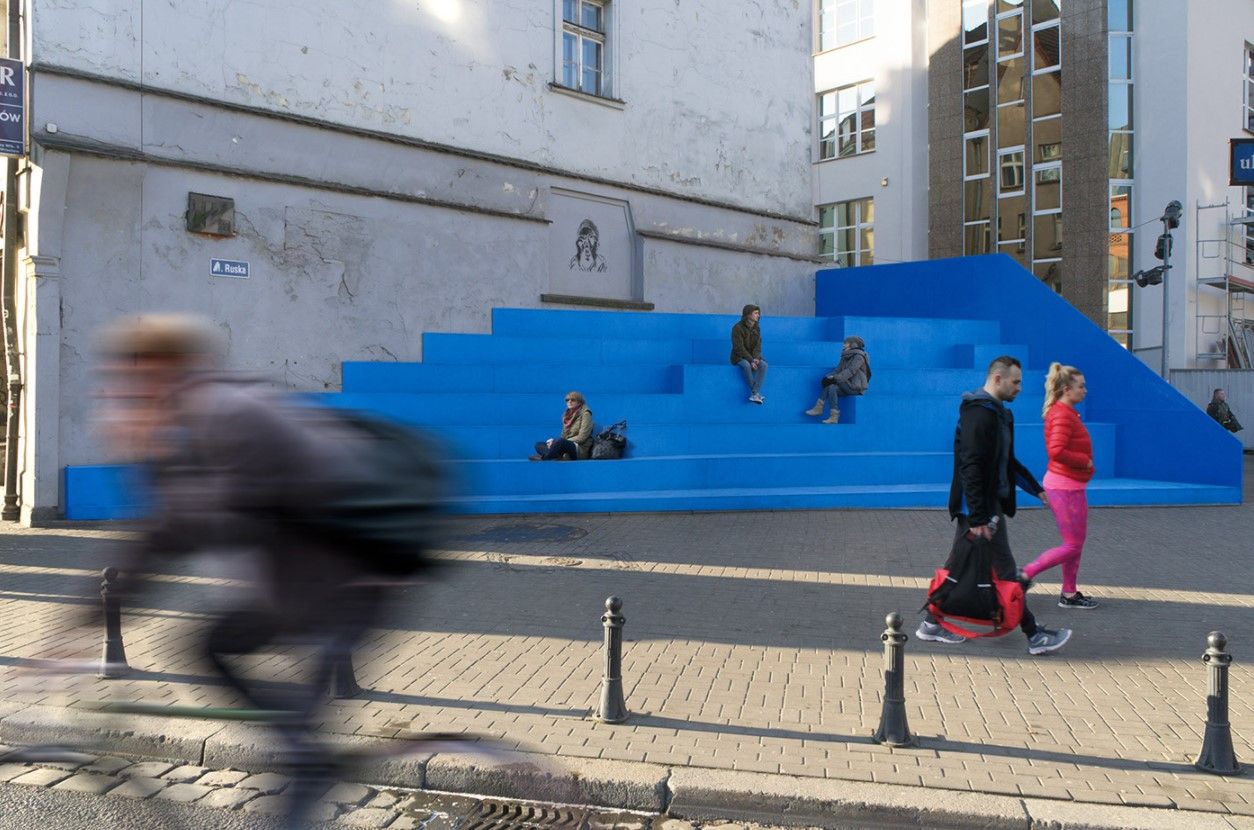
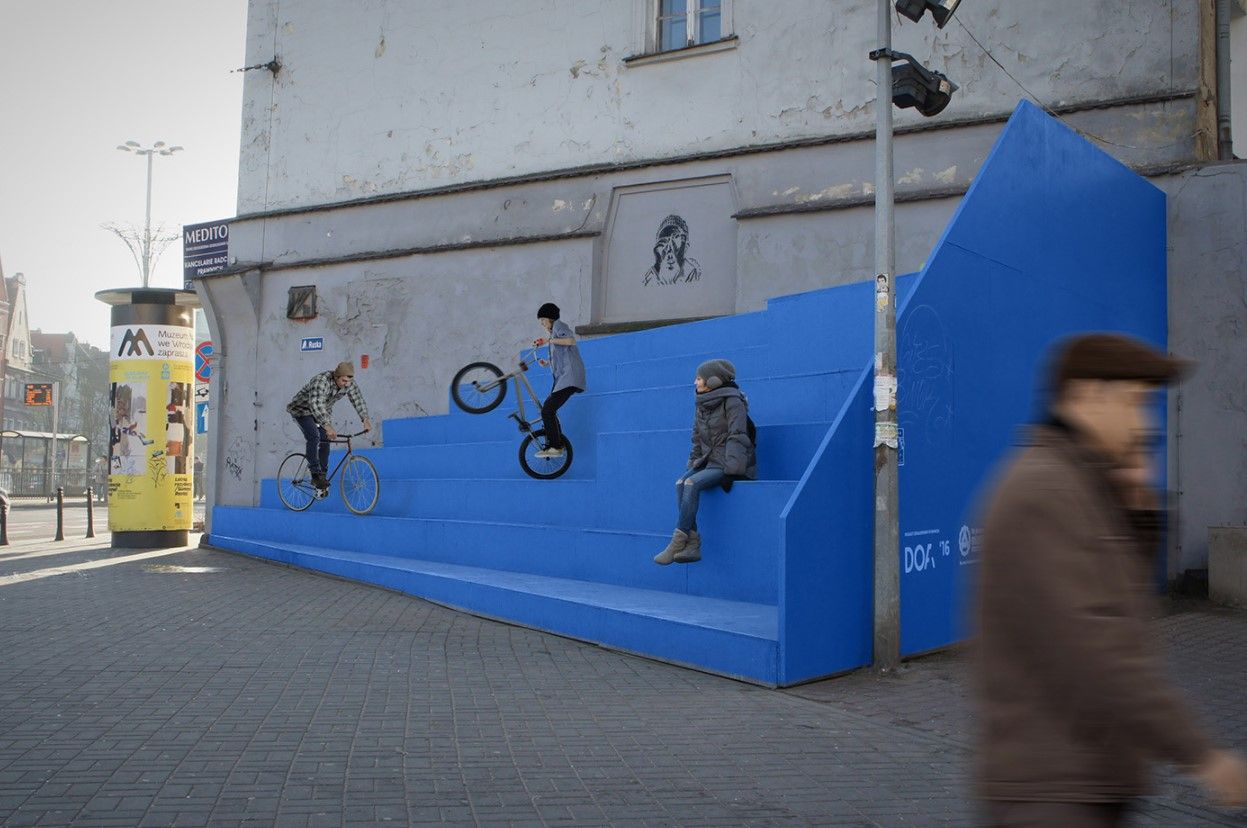


TRANSPORTATION
Nemo | The Urban Mobility App | Bengaluru, India
Bijoy Prasad Saha
Nemo is a platform that provides bike sharing service with transit mobility information and pass in urban transportation scenarios, with the objective of reducing carbon footprint by encouraging people to use public transport in an effective manner.


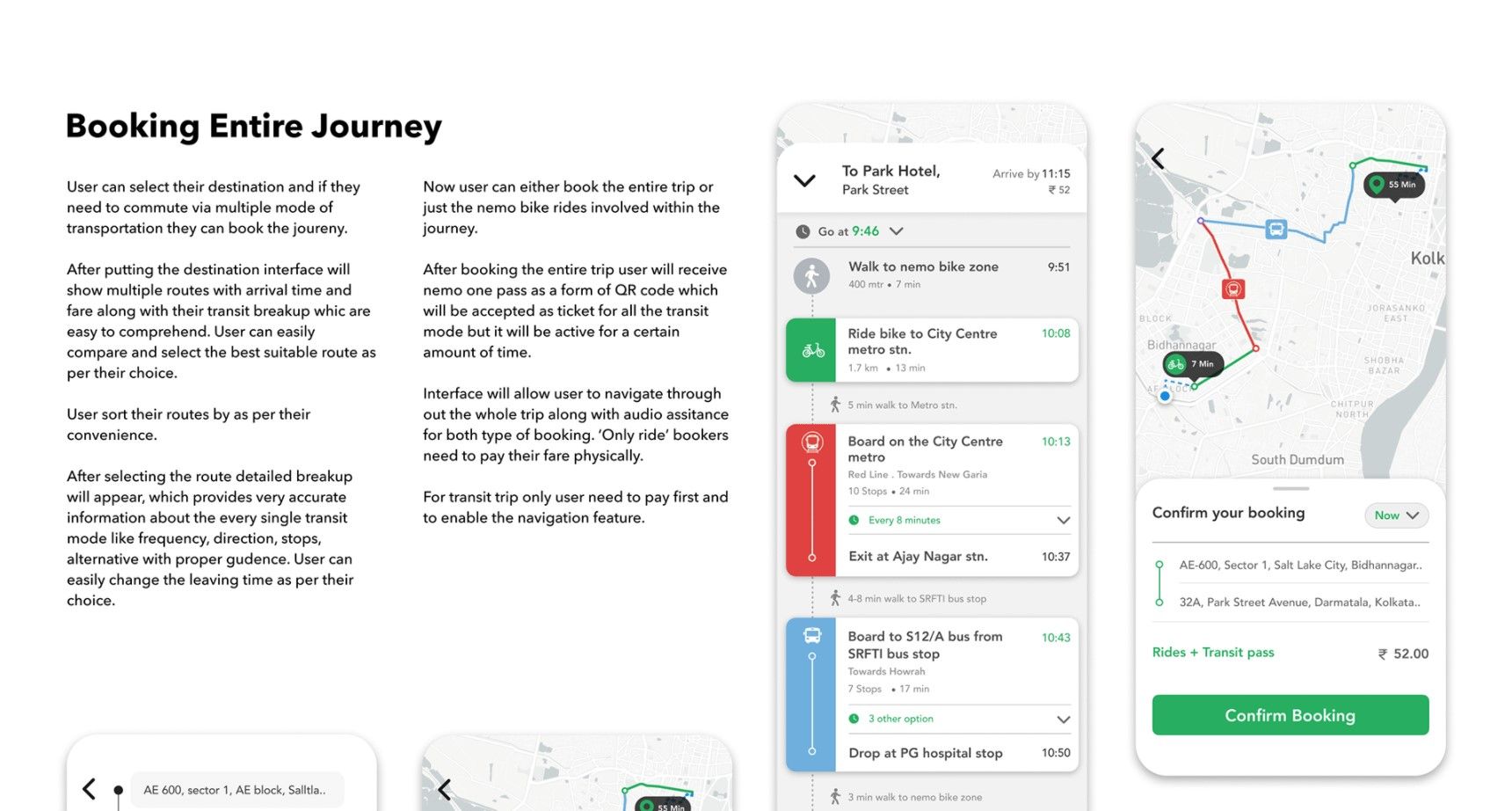
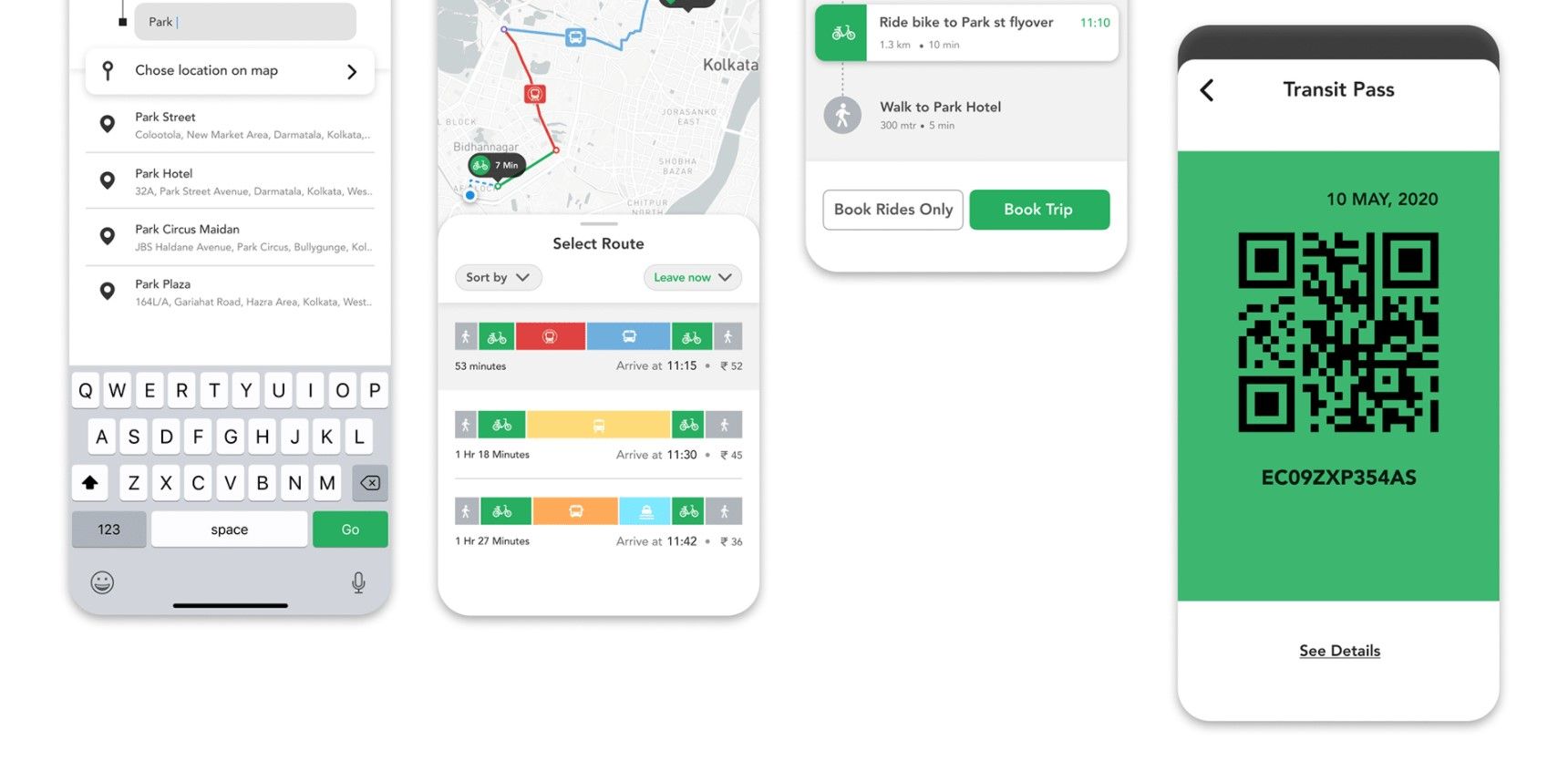



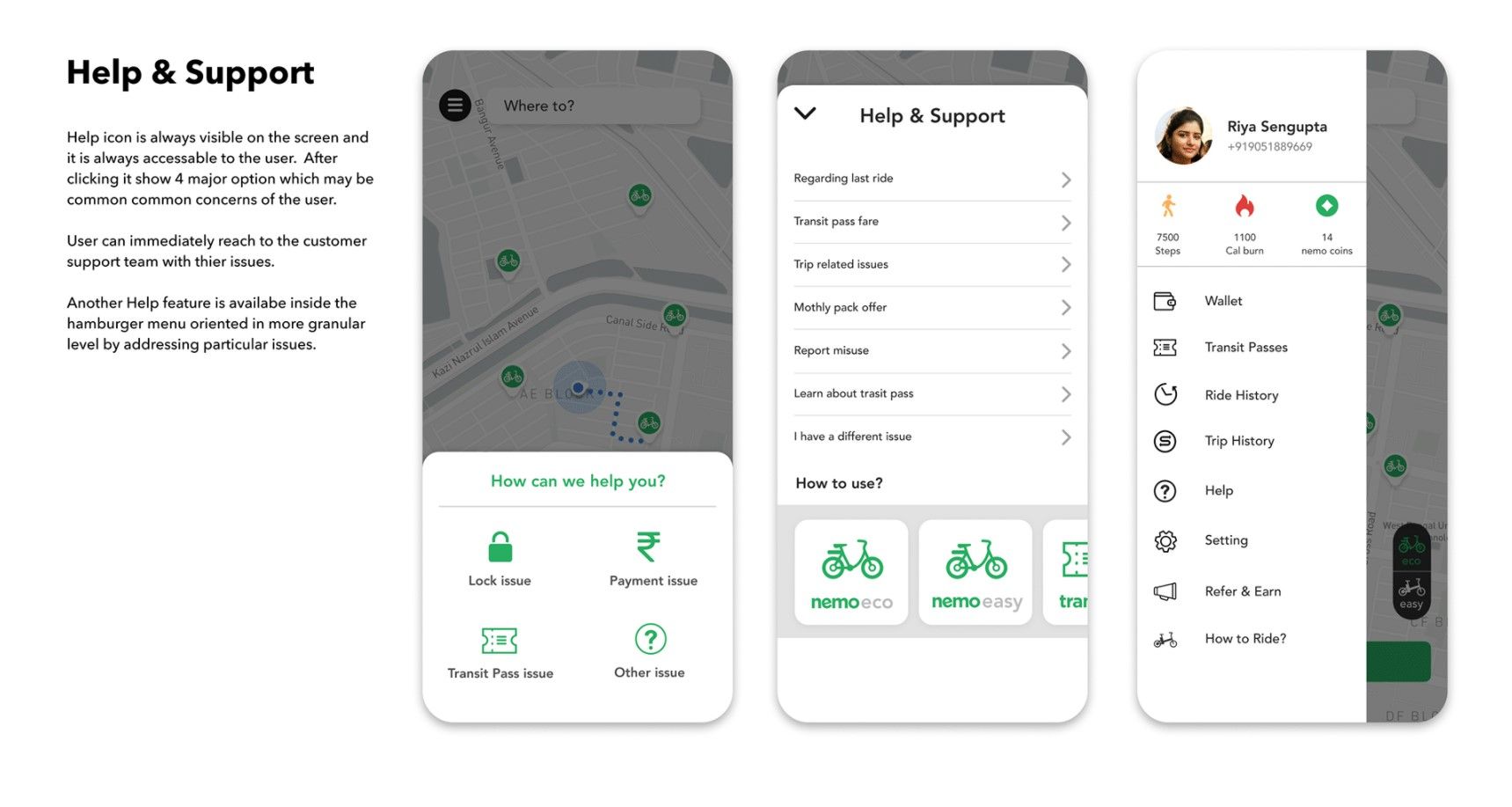

STREETSCAPE
Storefront redesign in Warsaw | Warsaw, Poland
Traffic Design
Filip Tofil
Marta Przeciszewska
UVMW –
Anna Nowokunska
zespół wespół
Martiszu Szu
Paweł Ryżko
“We joined forces and picked 20 stores for the project, invited designers and got to work. As a result 20 new storefronts now adorn the streets of Praga, setting the right example and inspiring others to follow in their footsteps.”
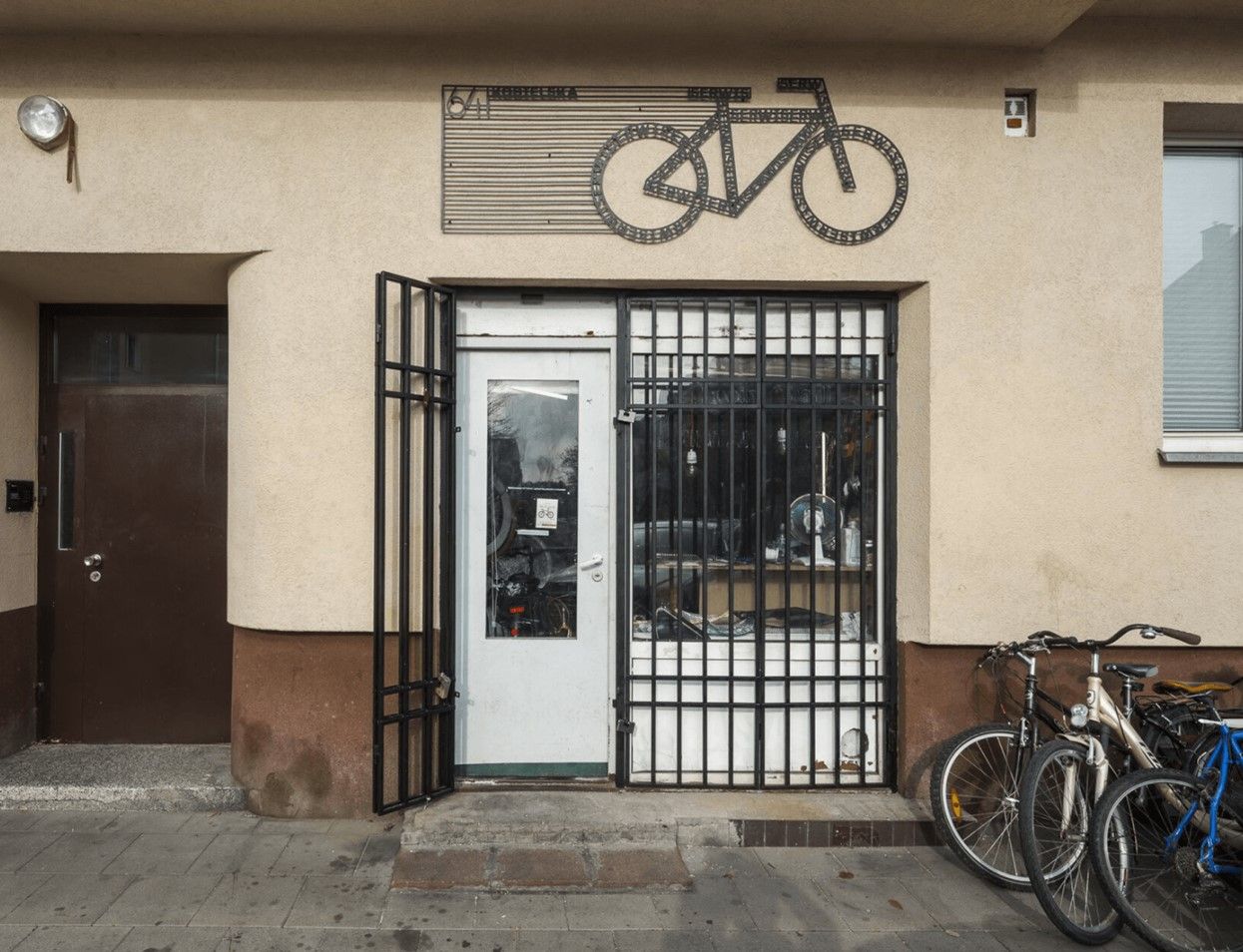

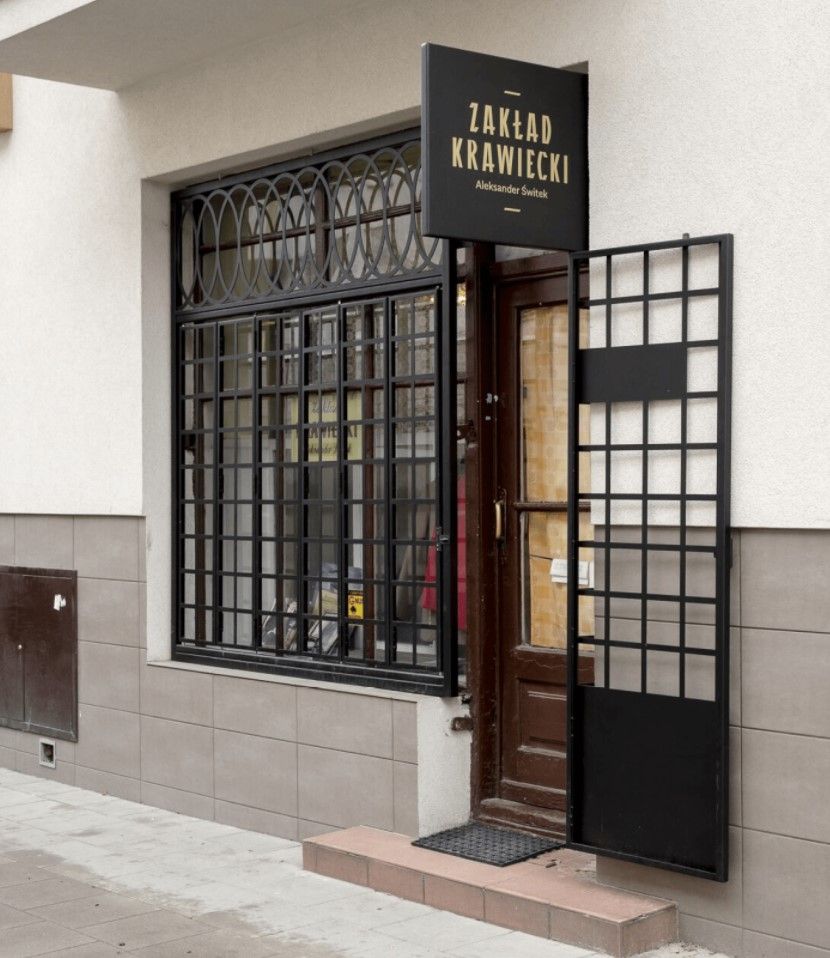
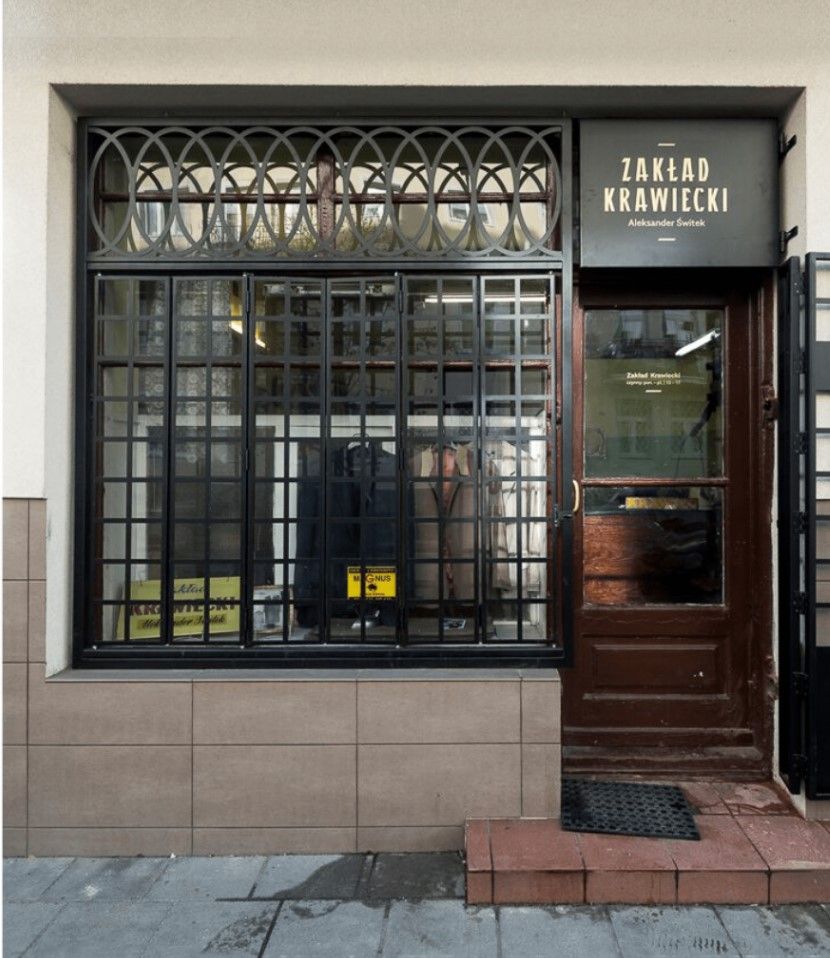

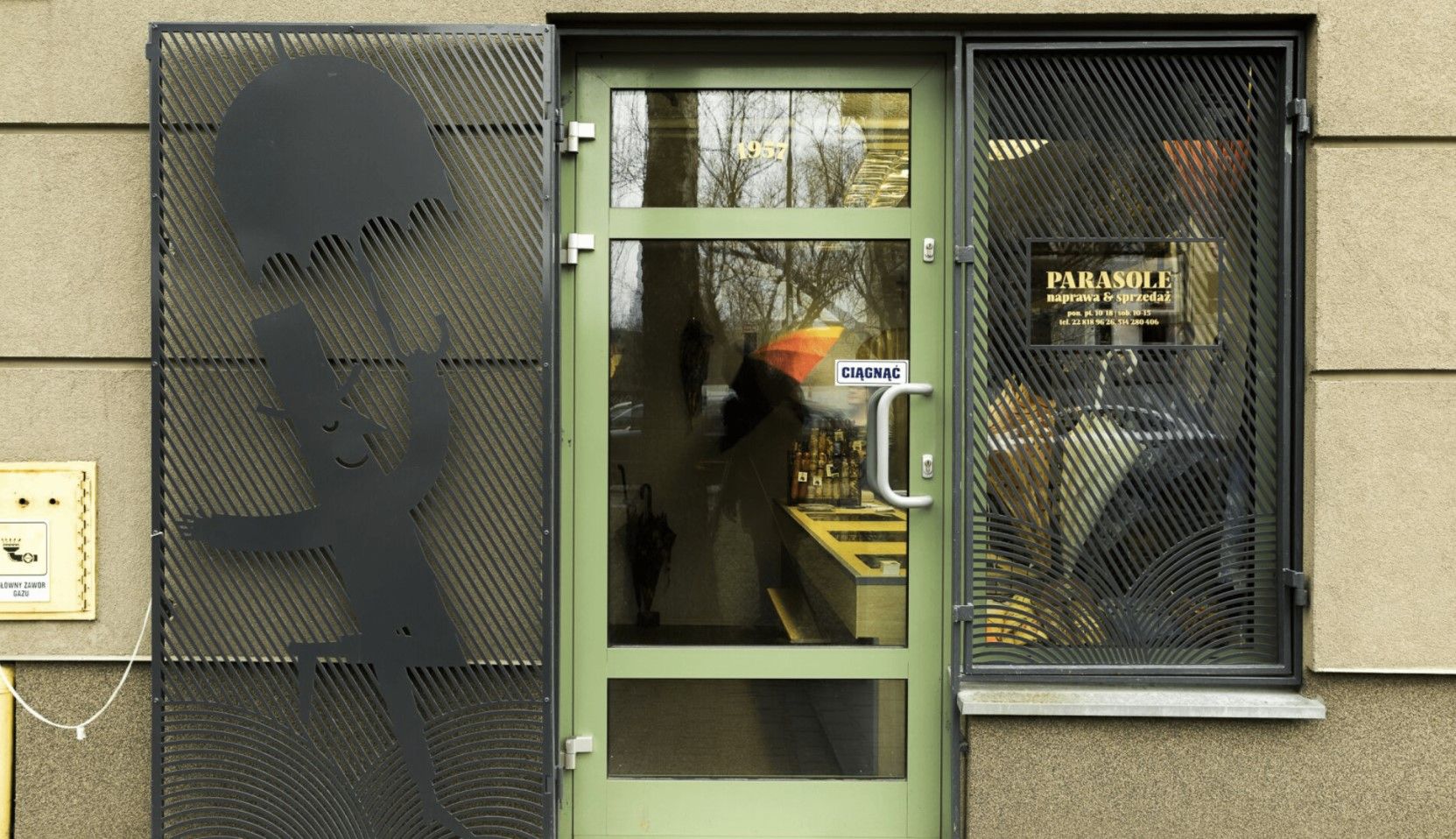
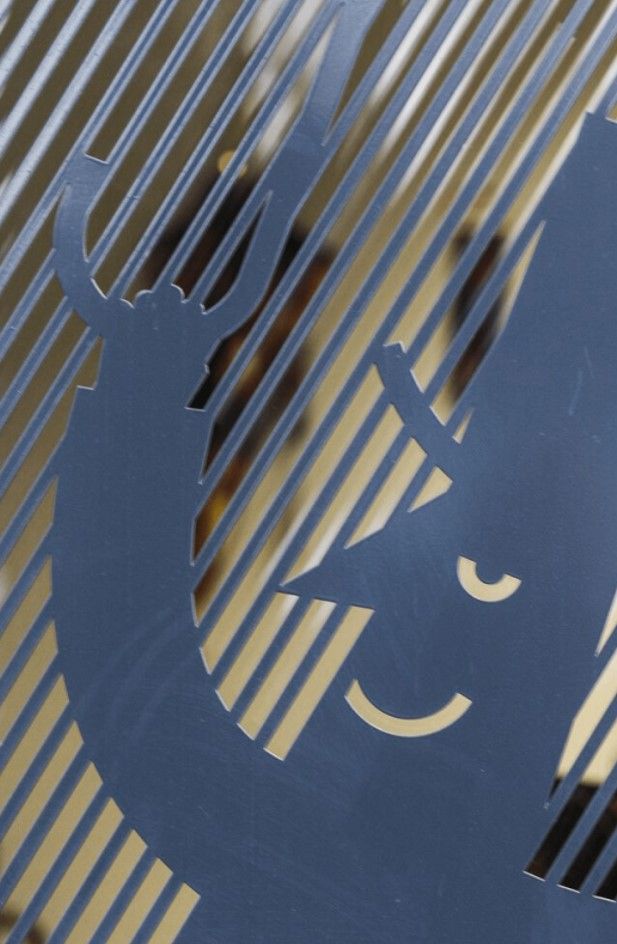

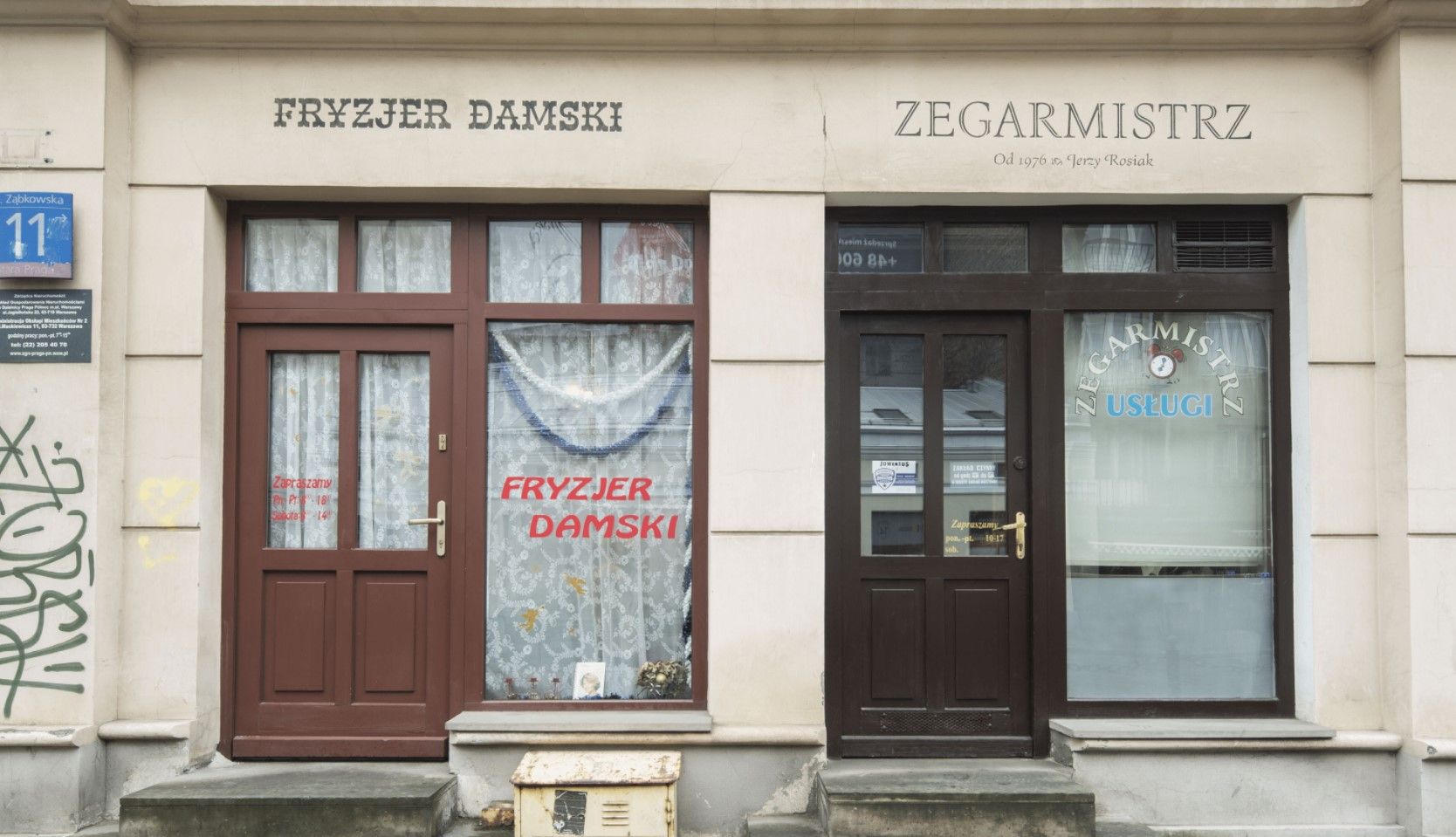

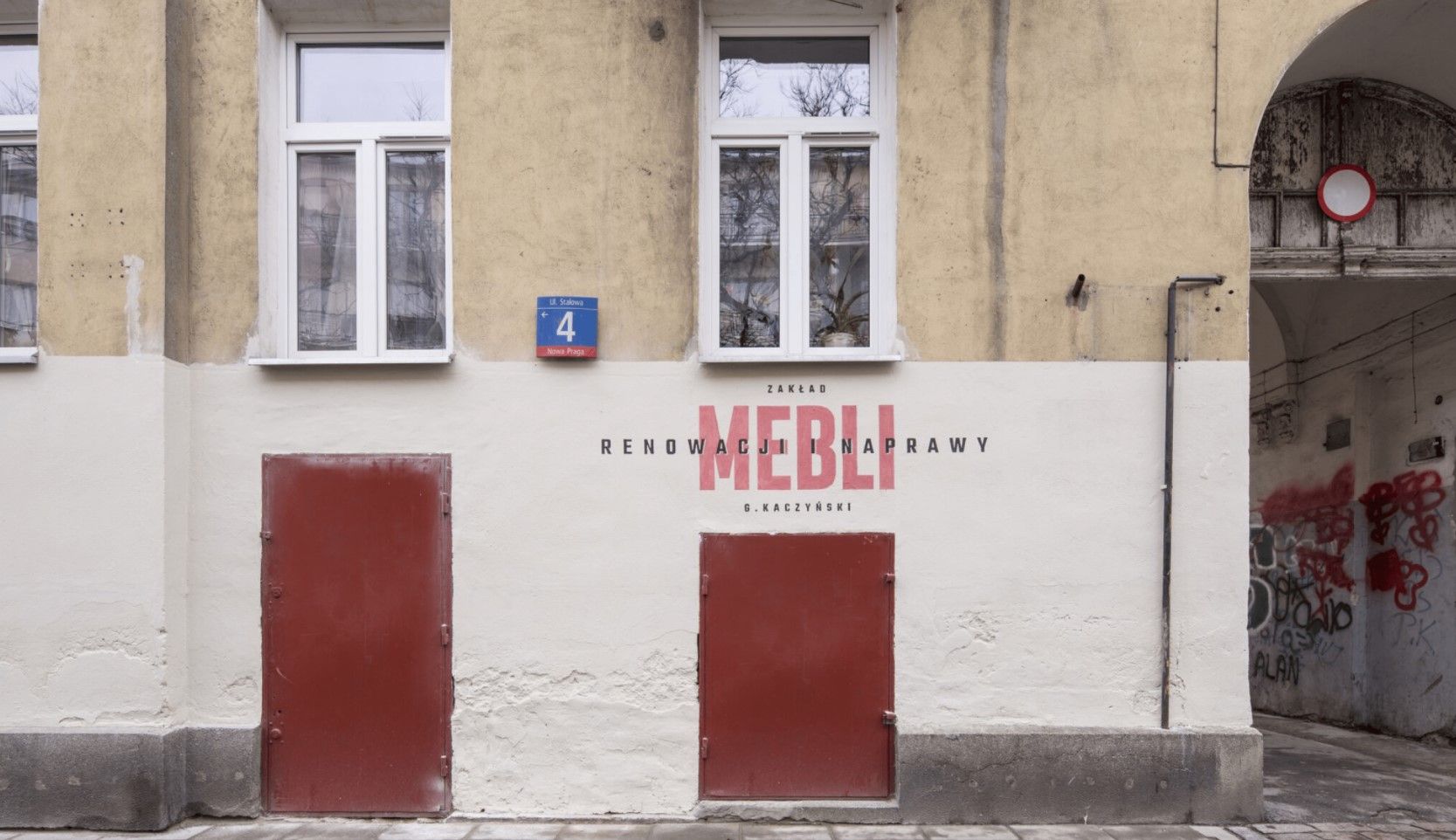
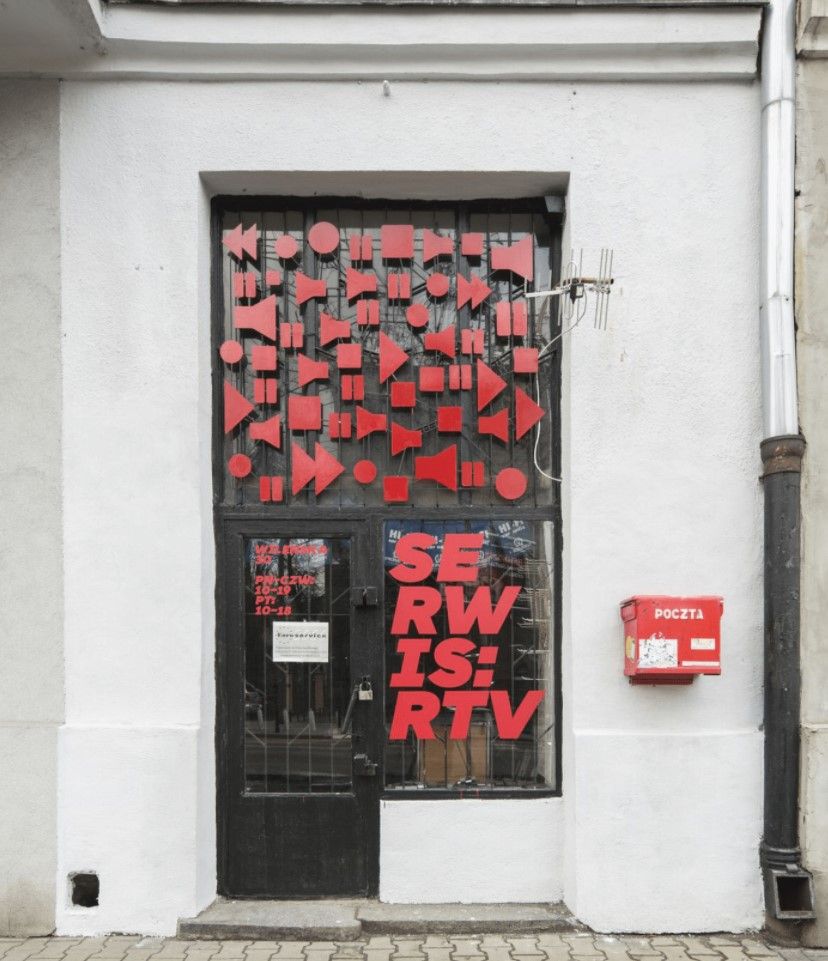
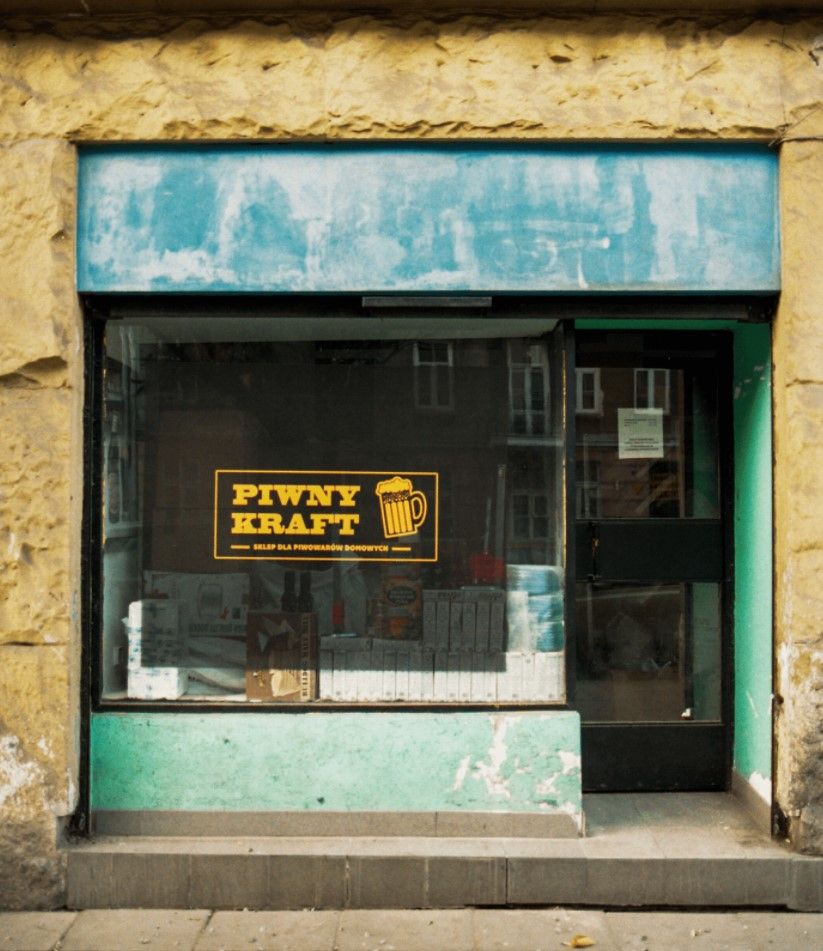
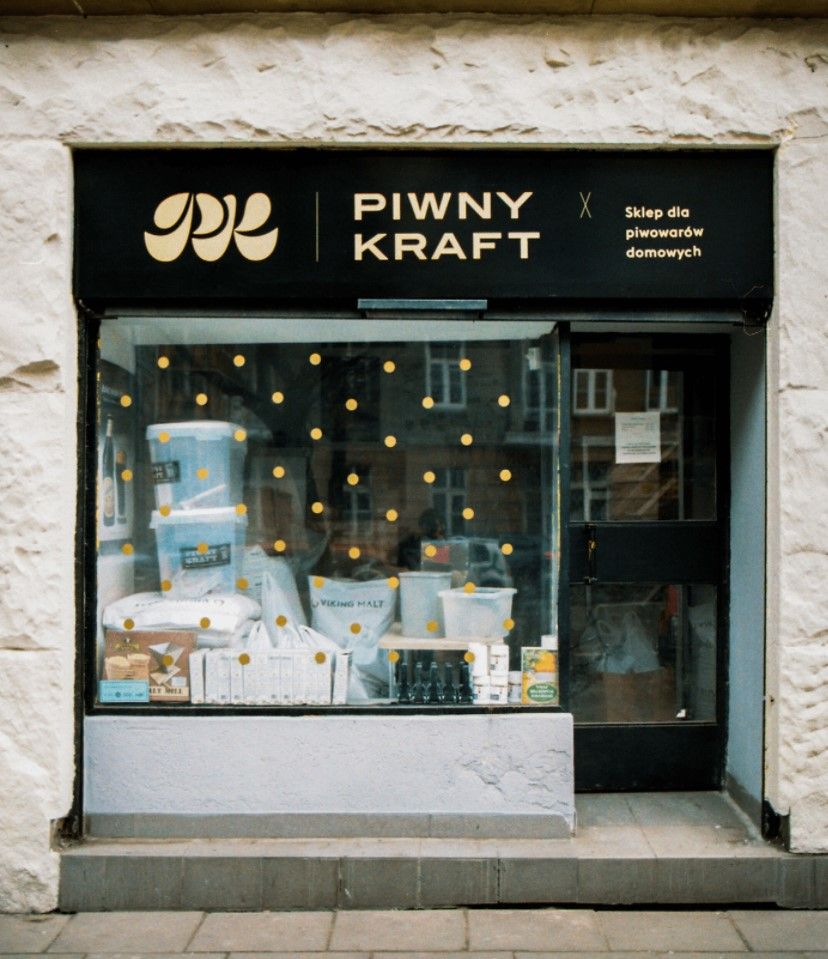
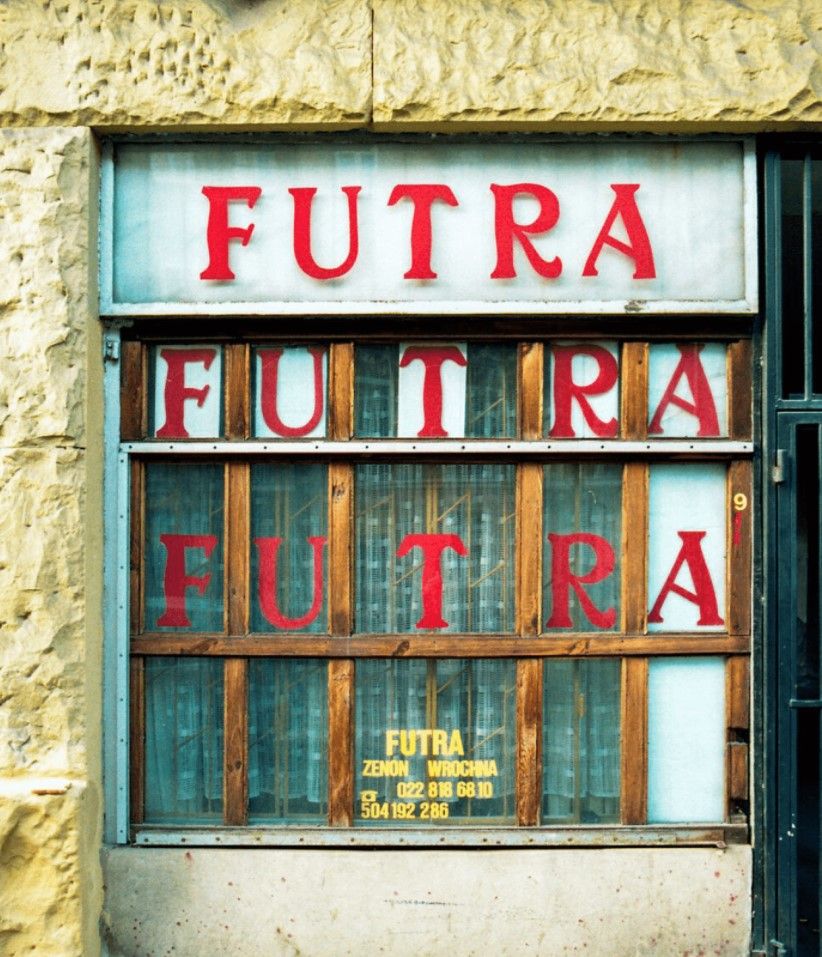
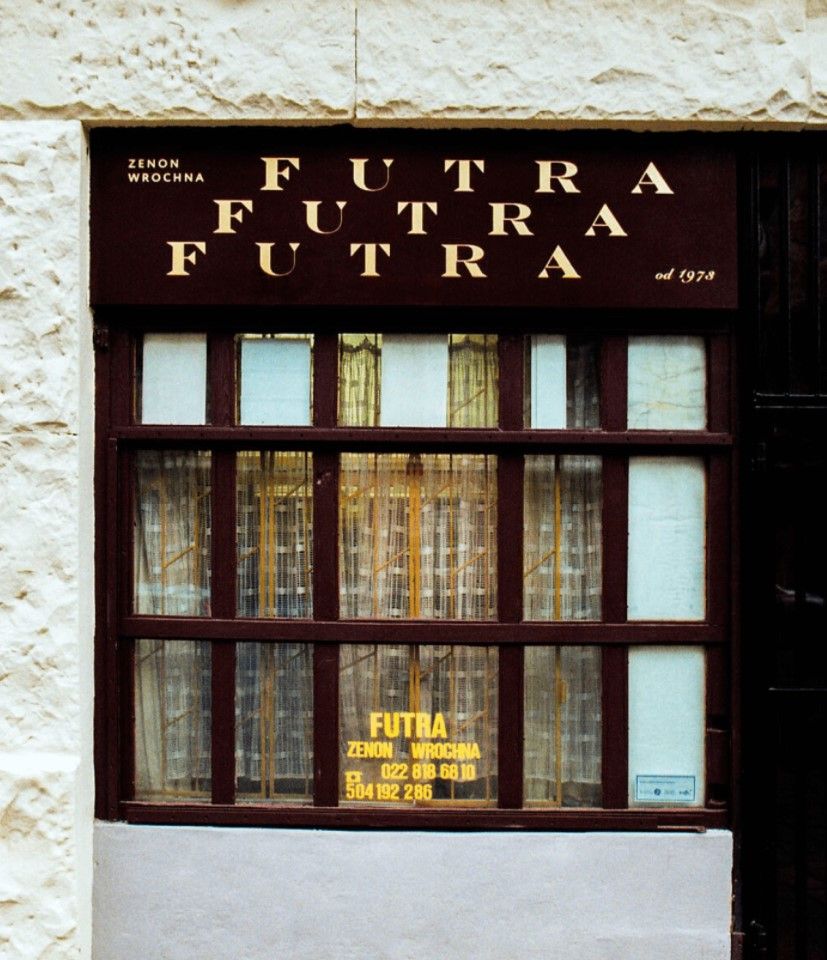

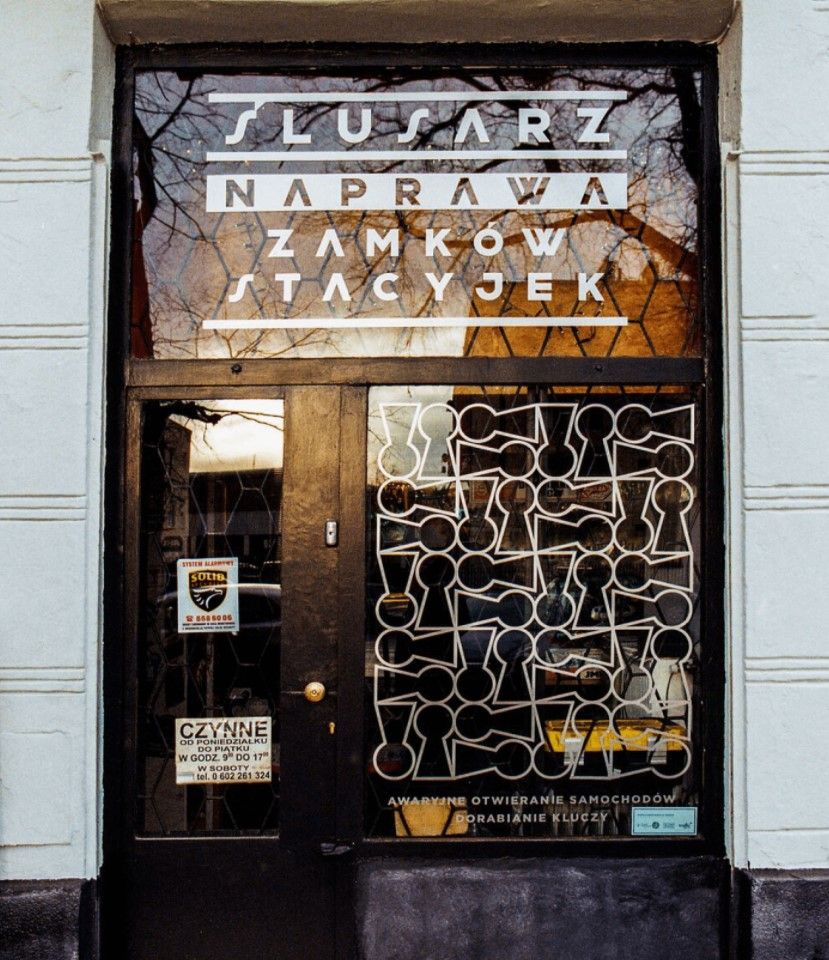
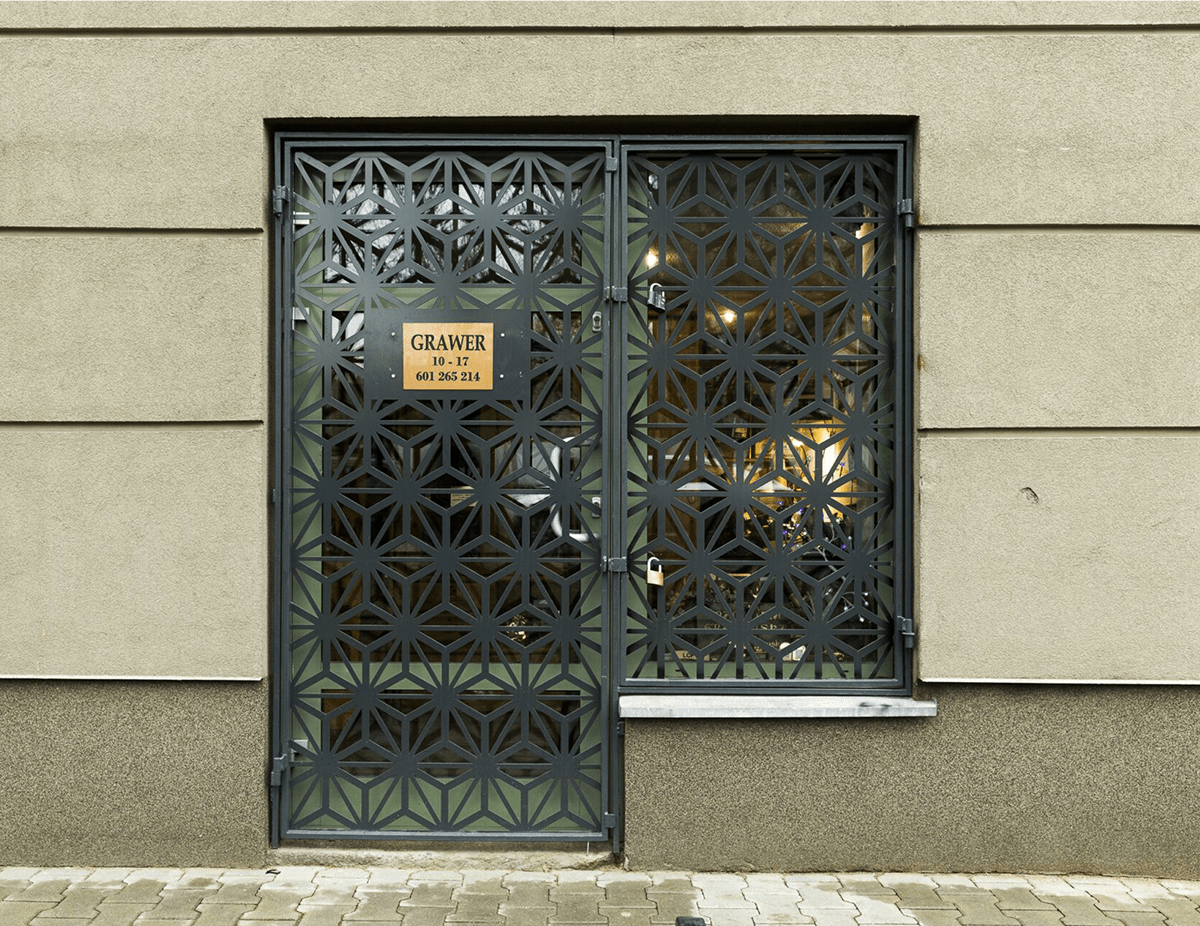

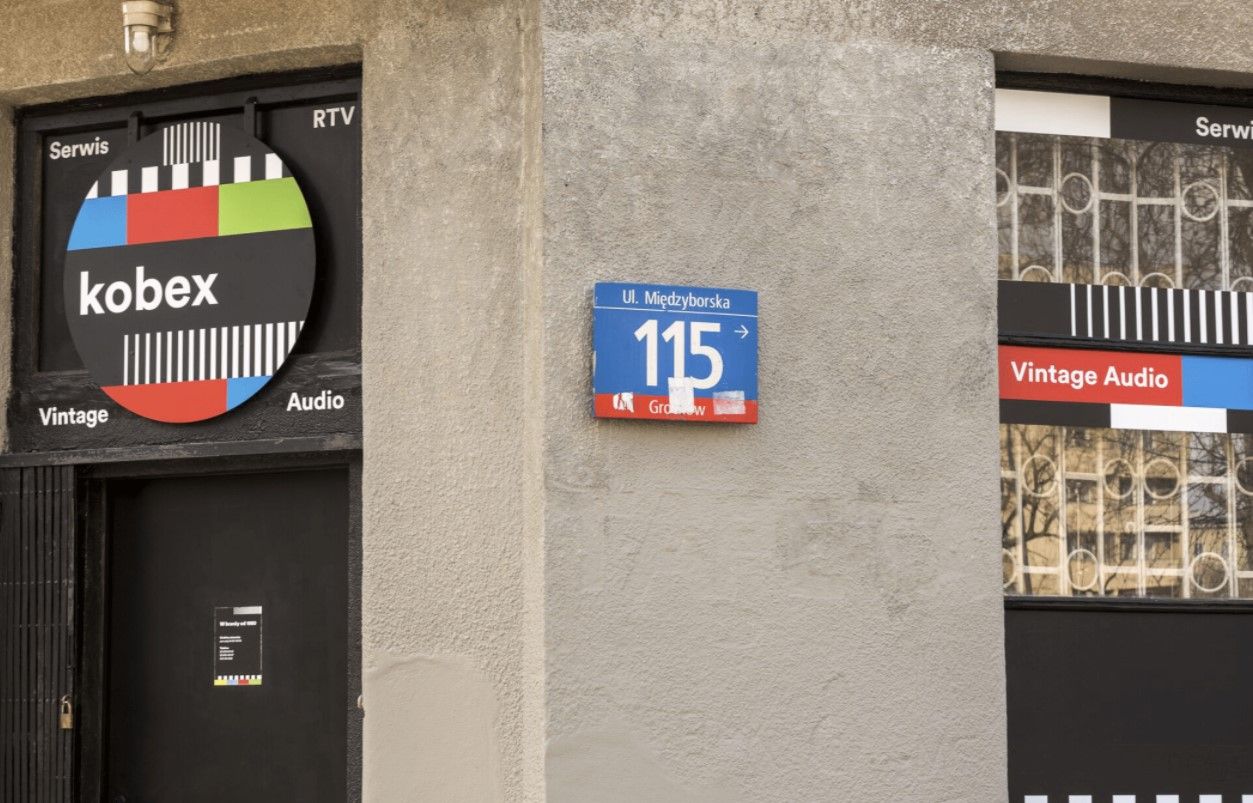

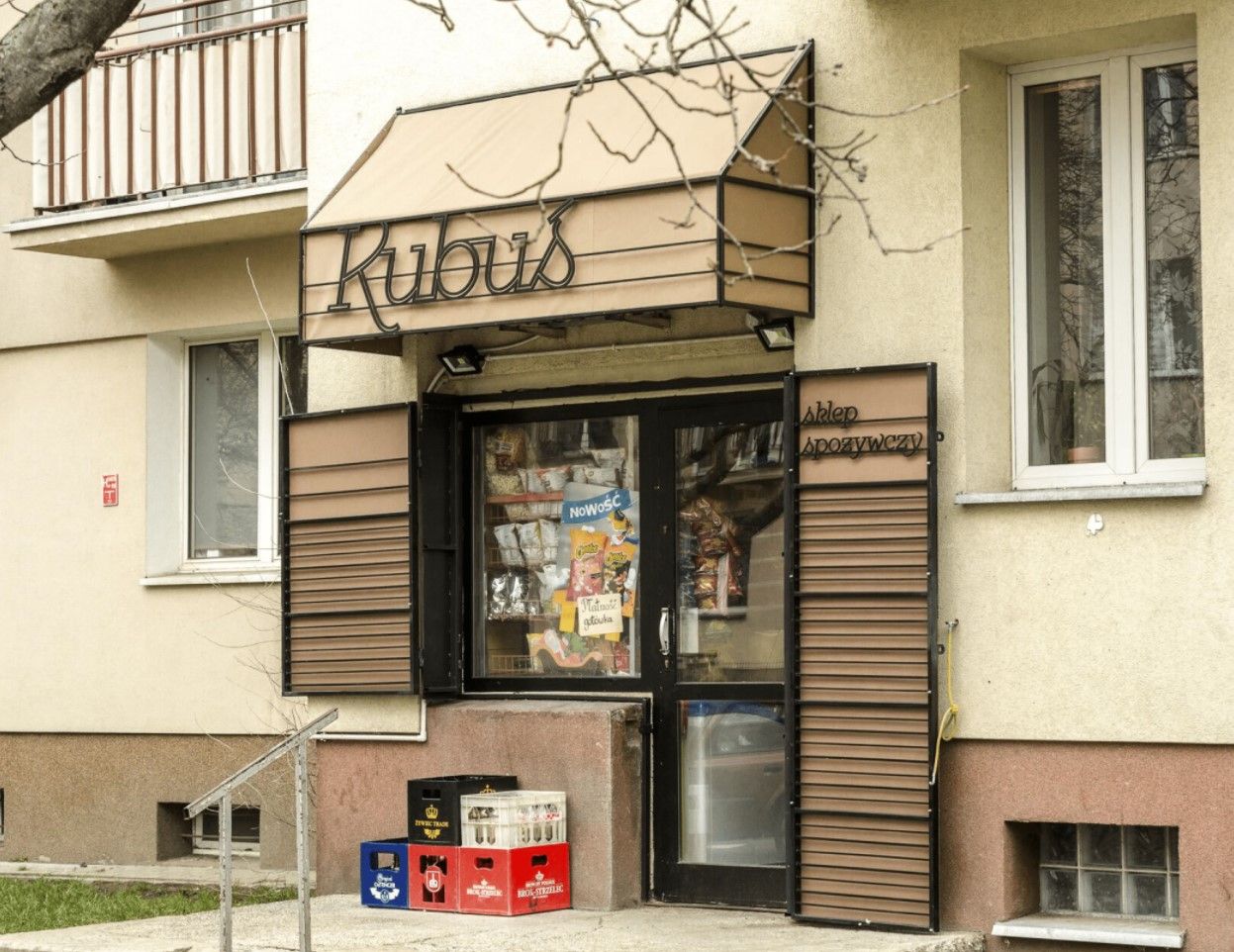
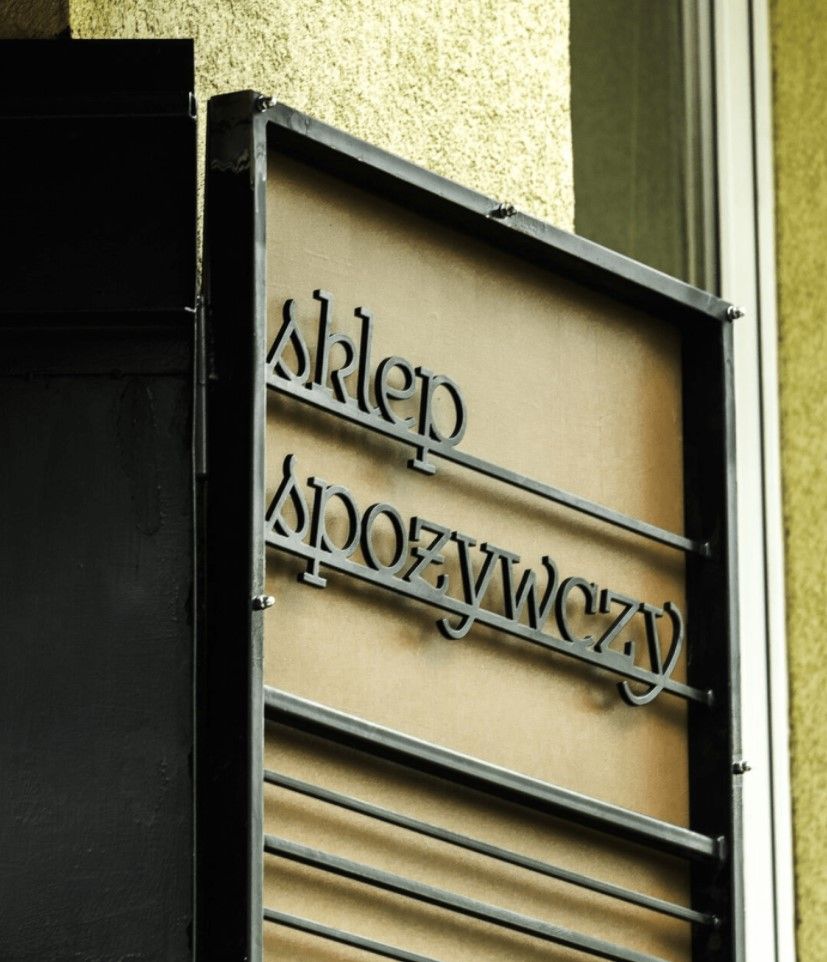
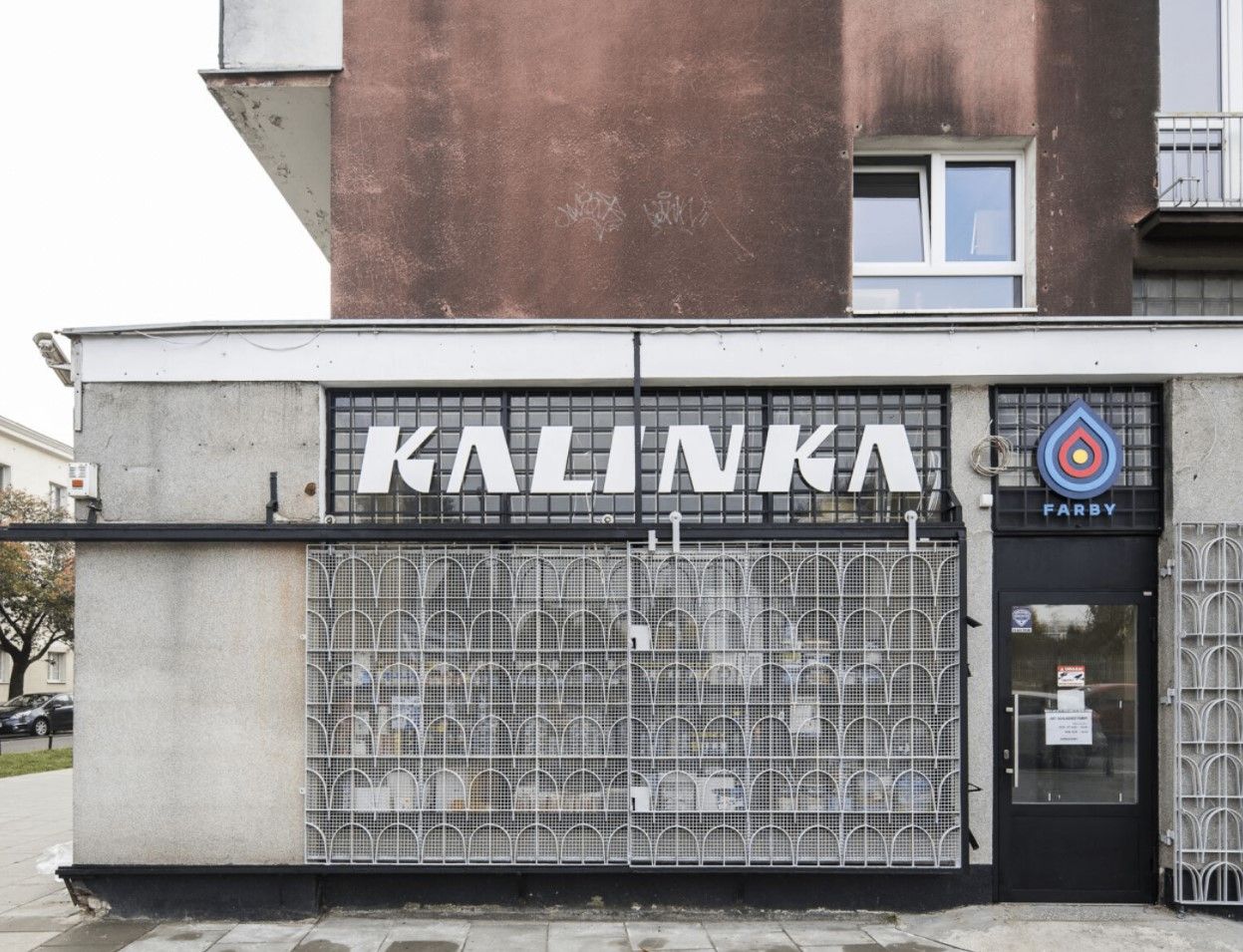

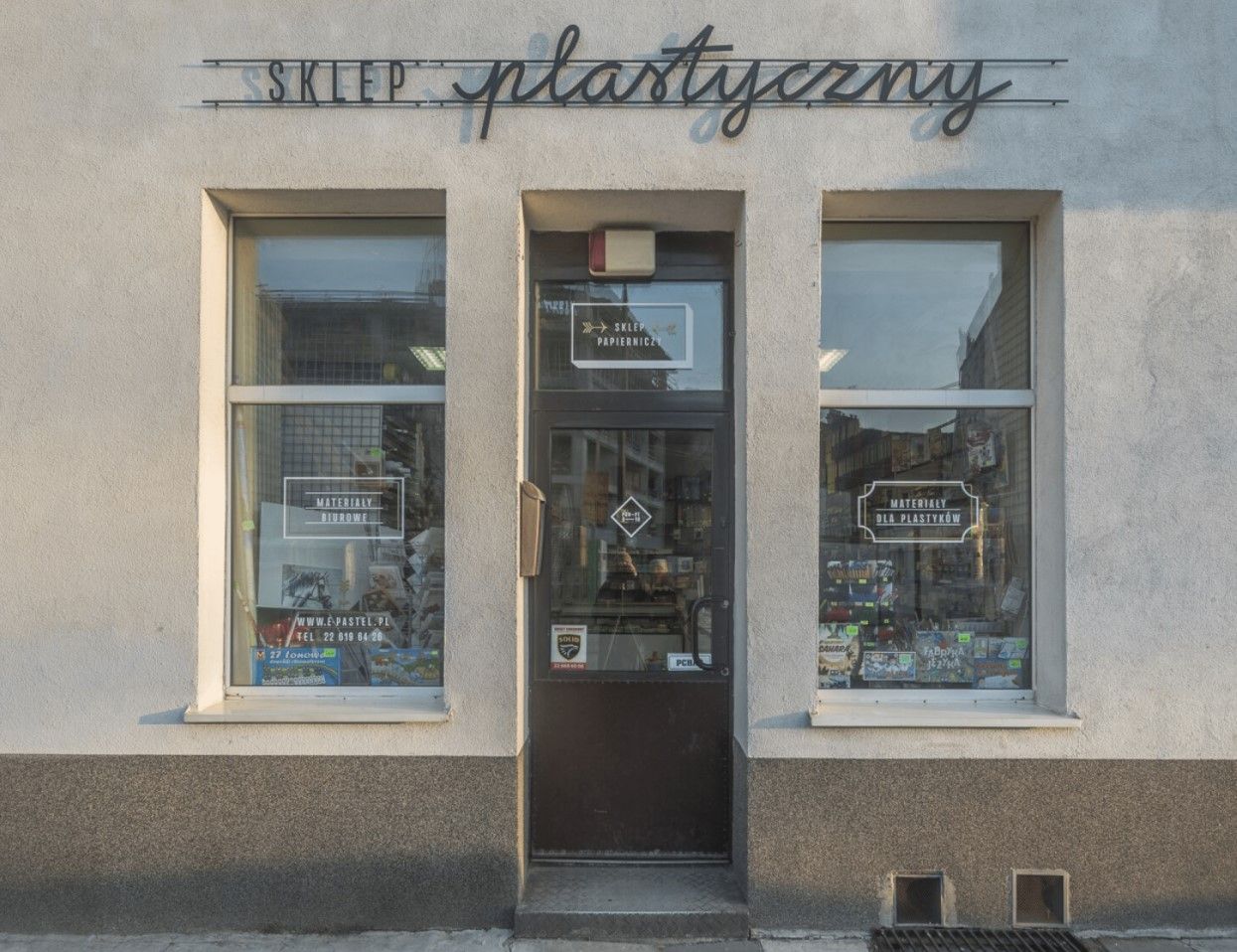

BOOK
traffic space is public space | Graz, Austria
Margit M Steidl
“Public spaces are the essence of urban life. If we want to improve the public realm and bring more of these spaces into our towns and cities, we need to transform traffic spaces into true public spaces that can be used by all.”
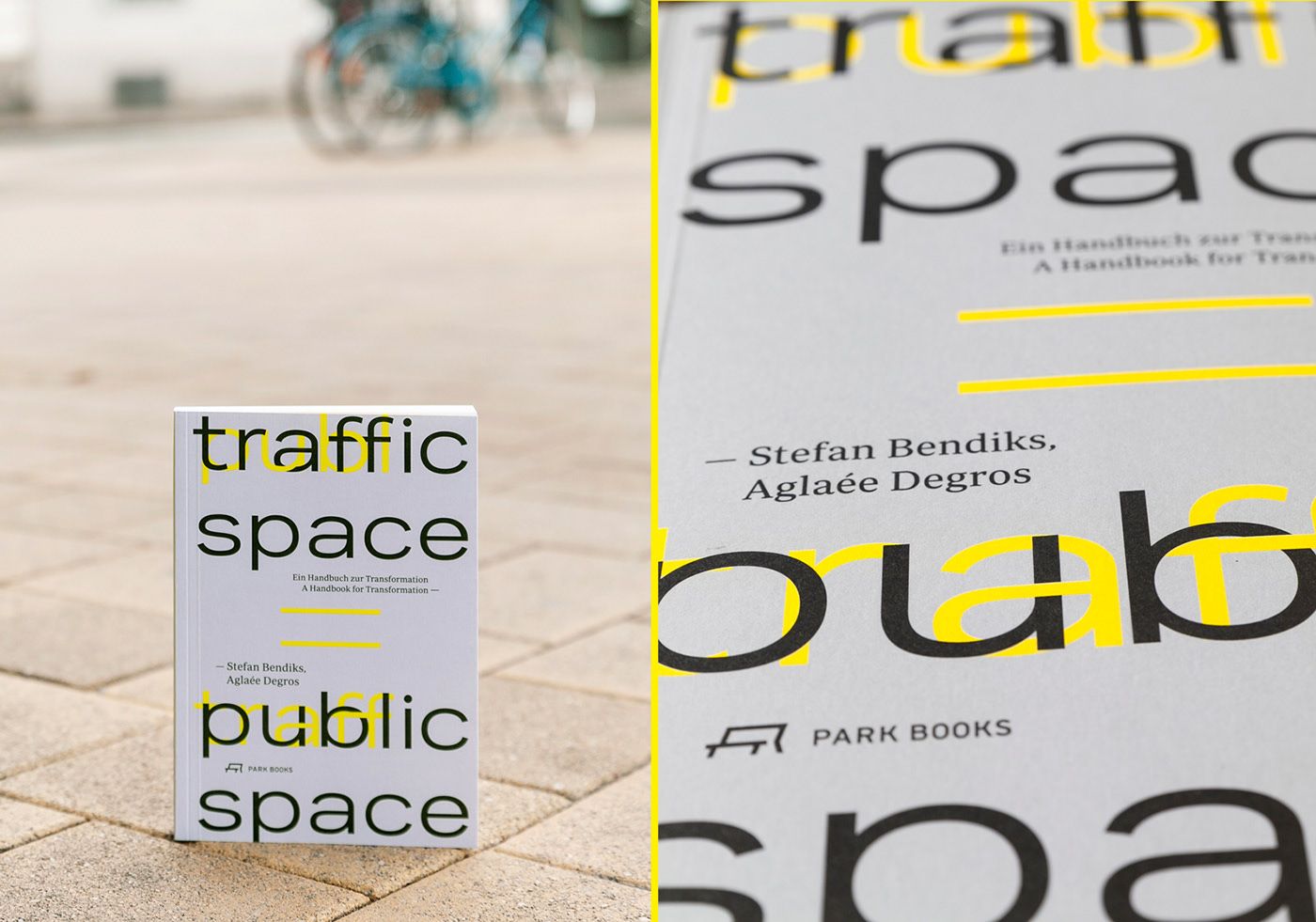
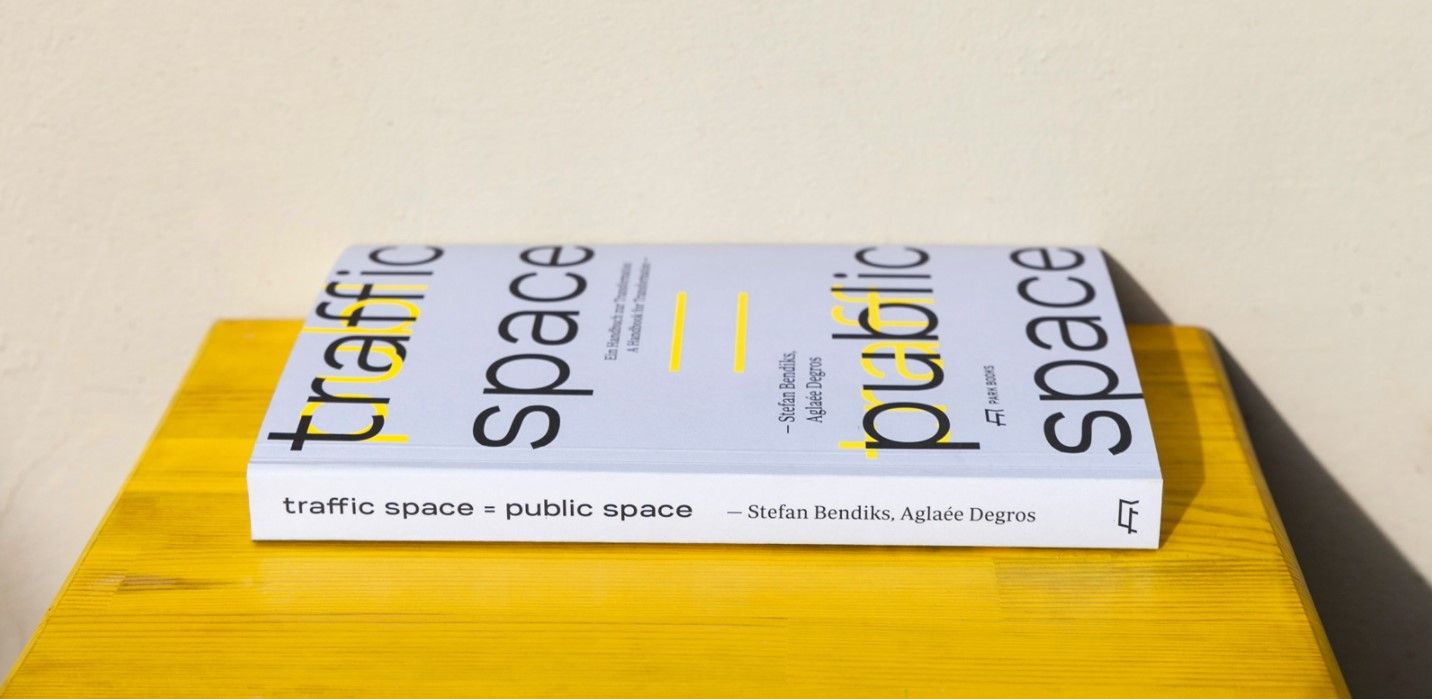



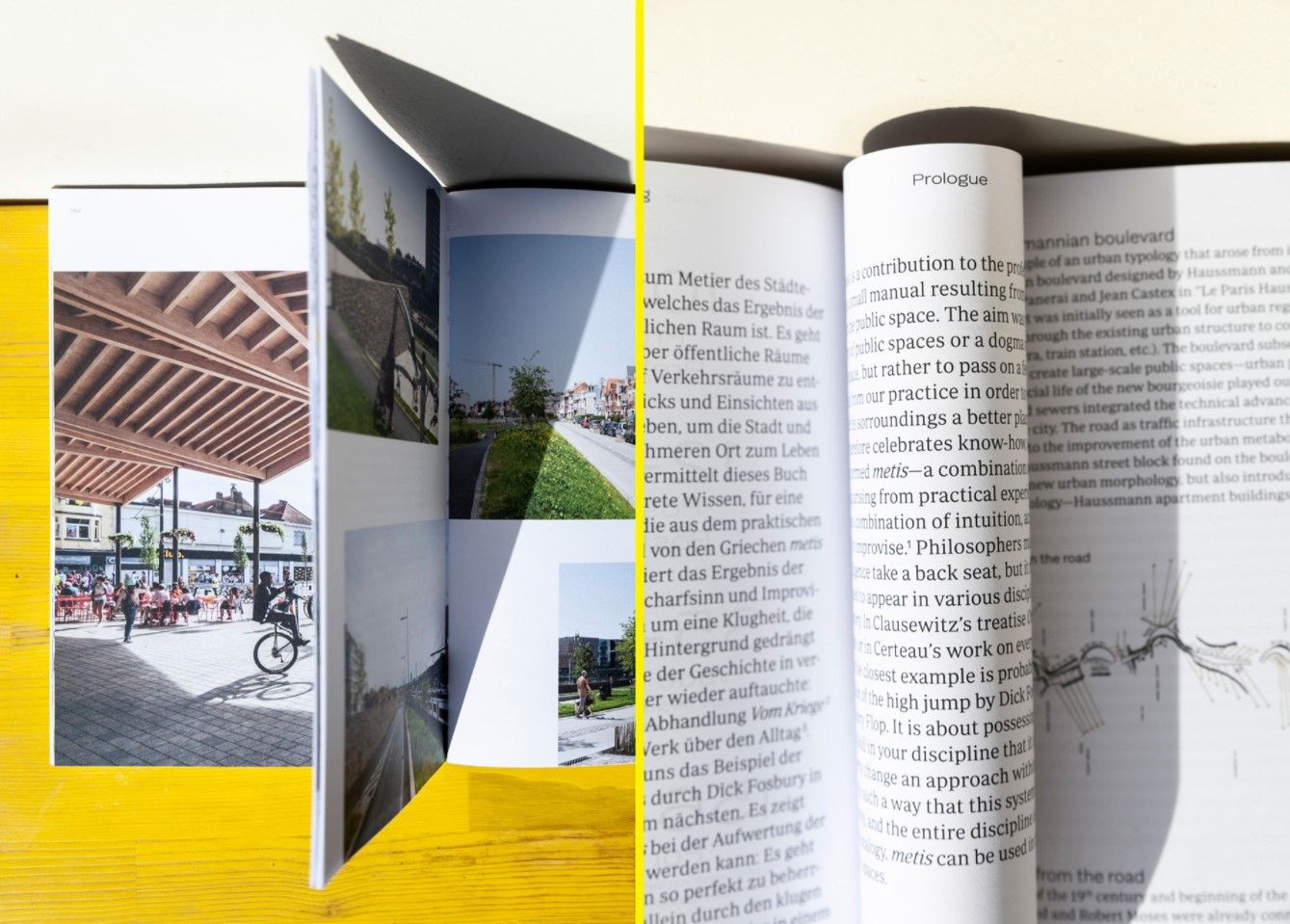

ORGANIZATION | EVENT
Social Technology Center | Moscow, Russia
Redo Bureau
Anna Kabanina
Marina Коndratenko
Aleksandr Nekrasov
The Social Technology Center is an autonomous nonprofit developing events for local communities across Russia. They aim at empowering local residents while improving their experience of living in a city.
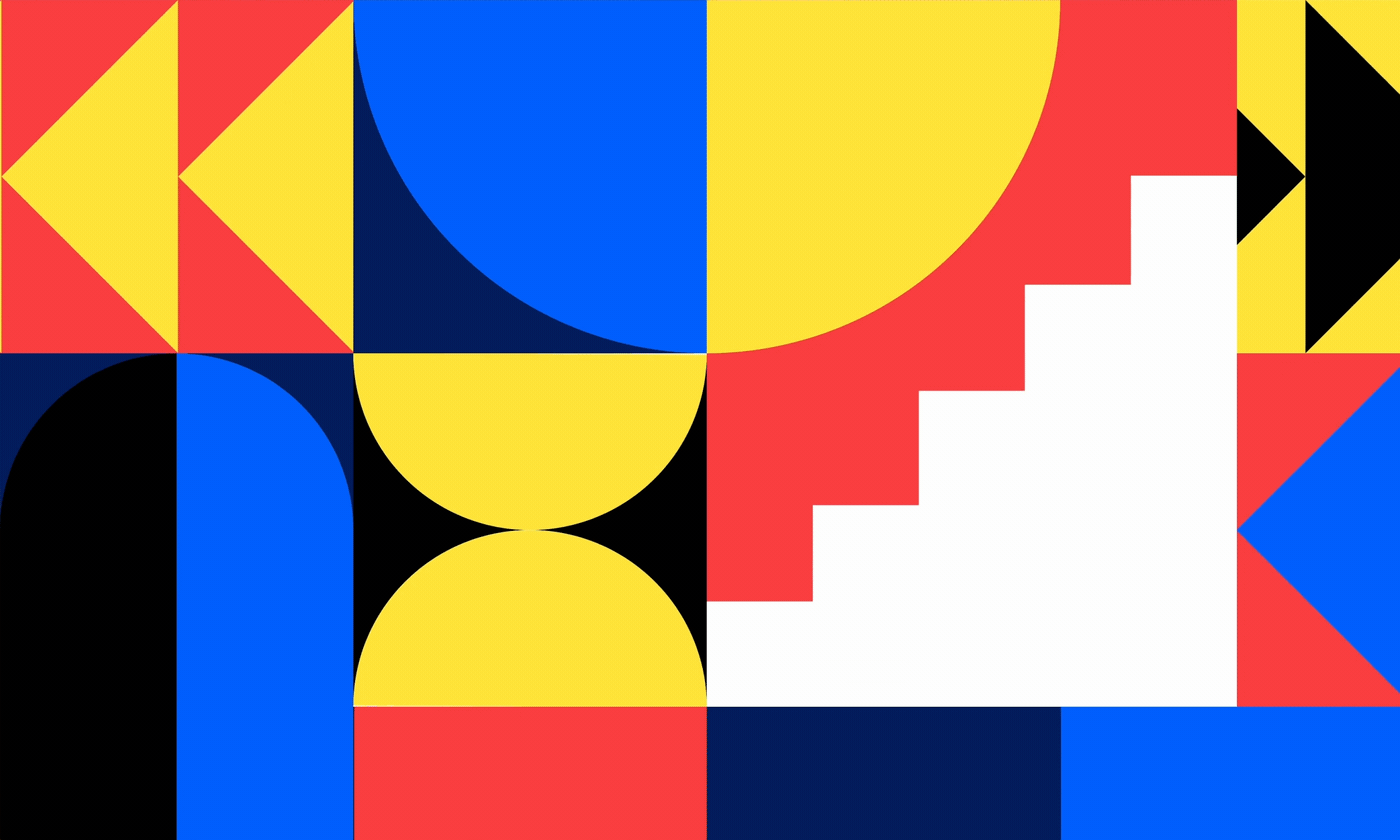
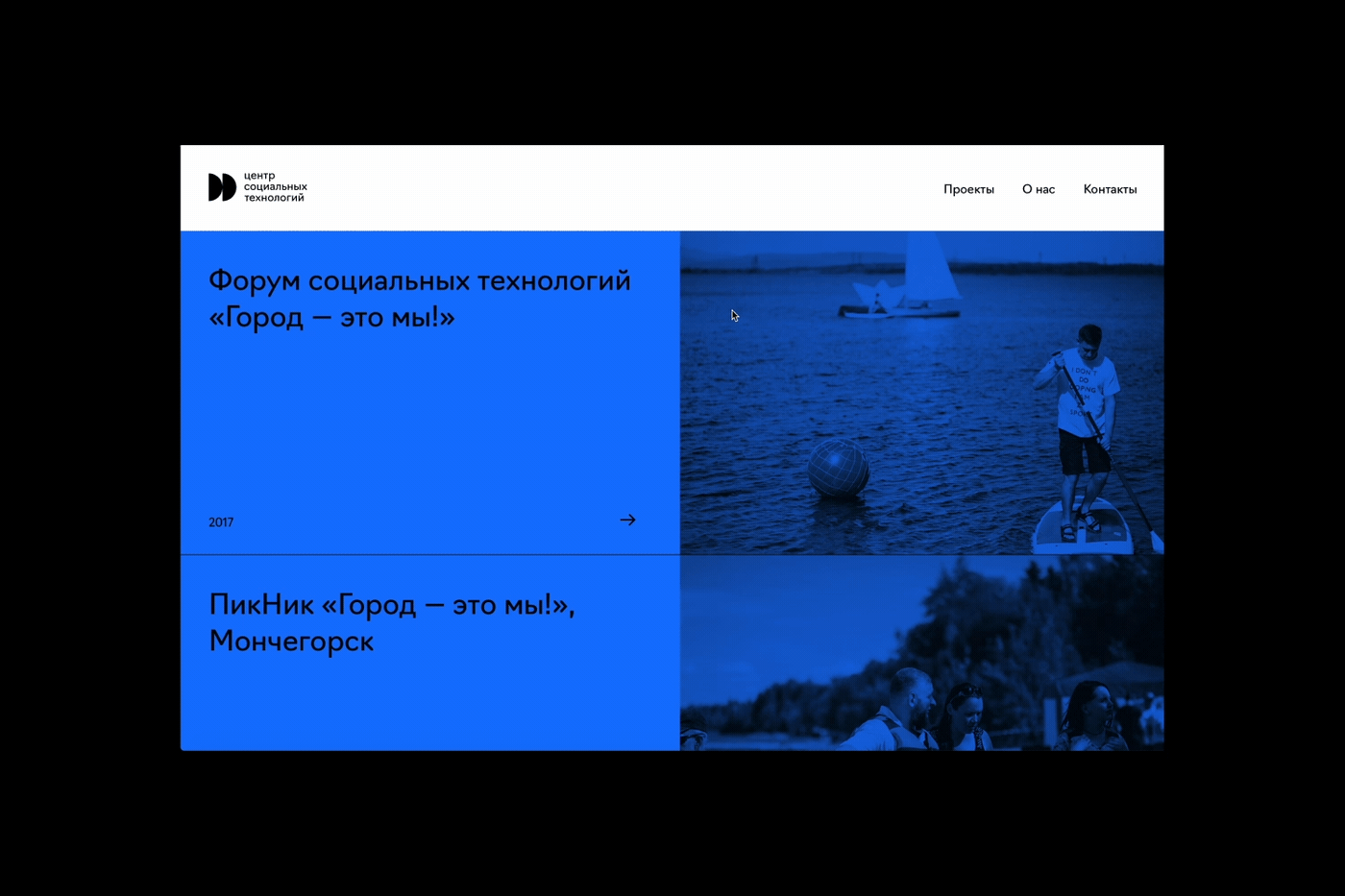


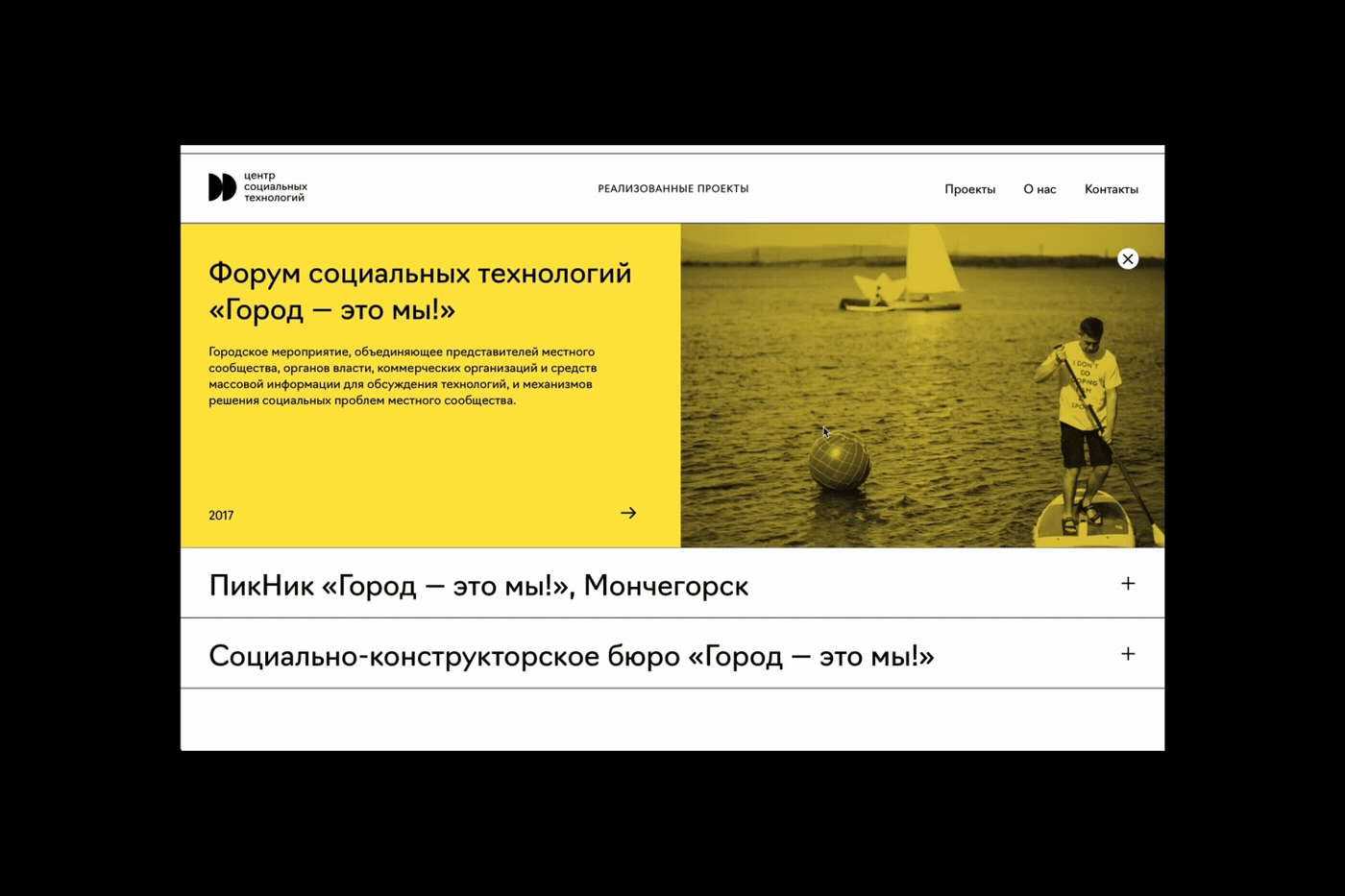
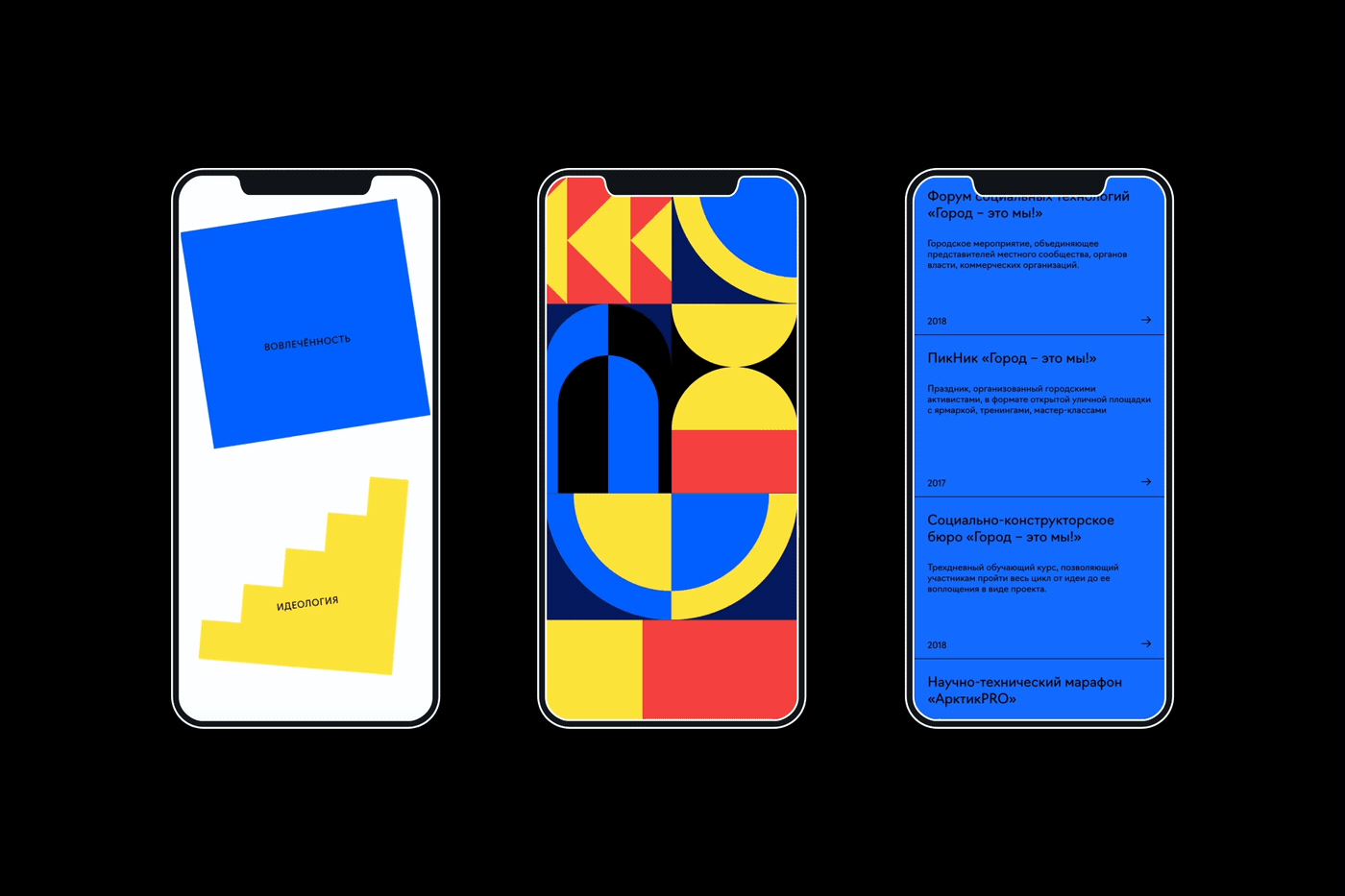
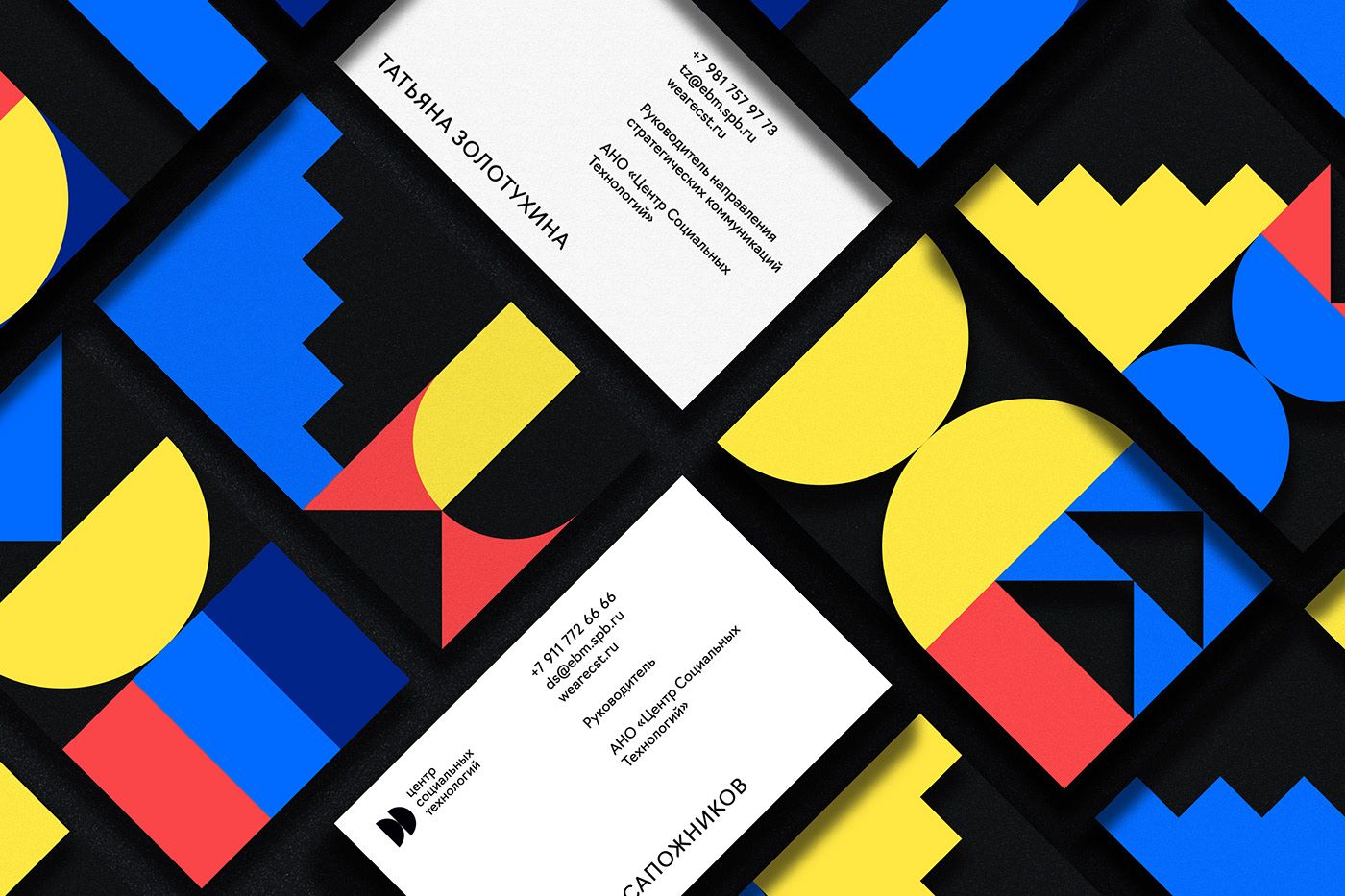
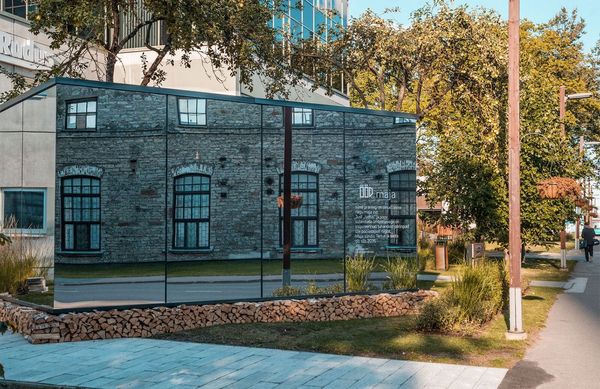
We'll soon be able to buy cabins on Amazon
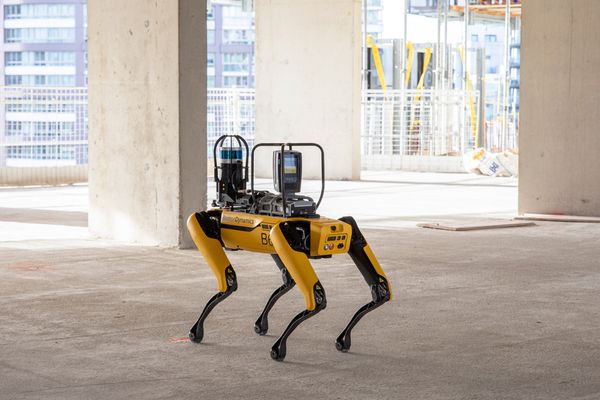
Meet the robot dog helping out architects
